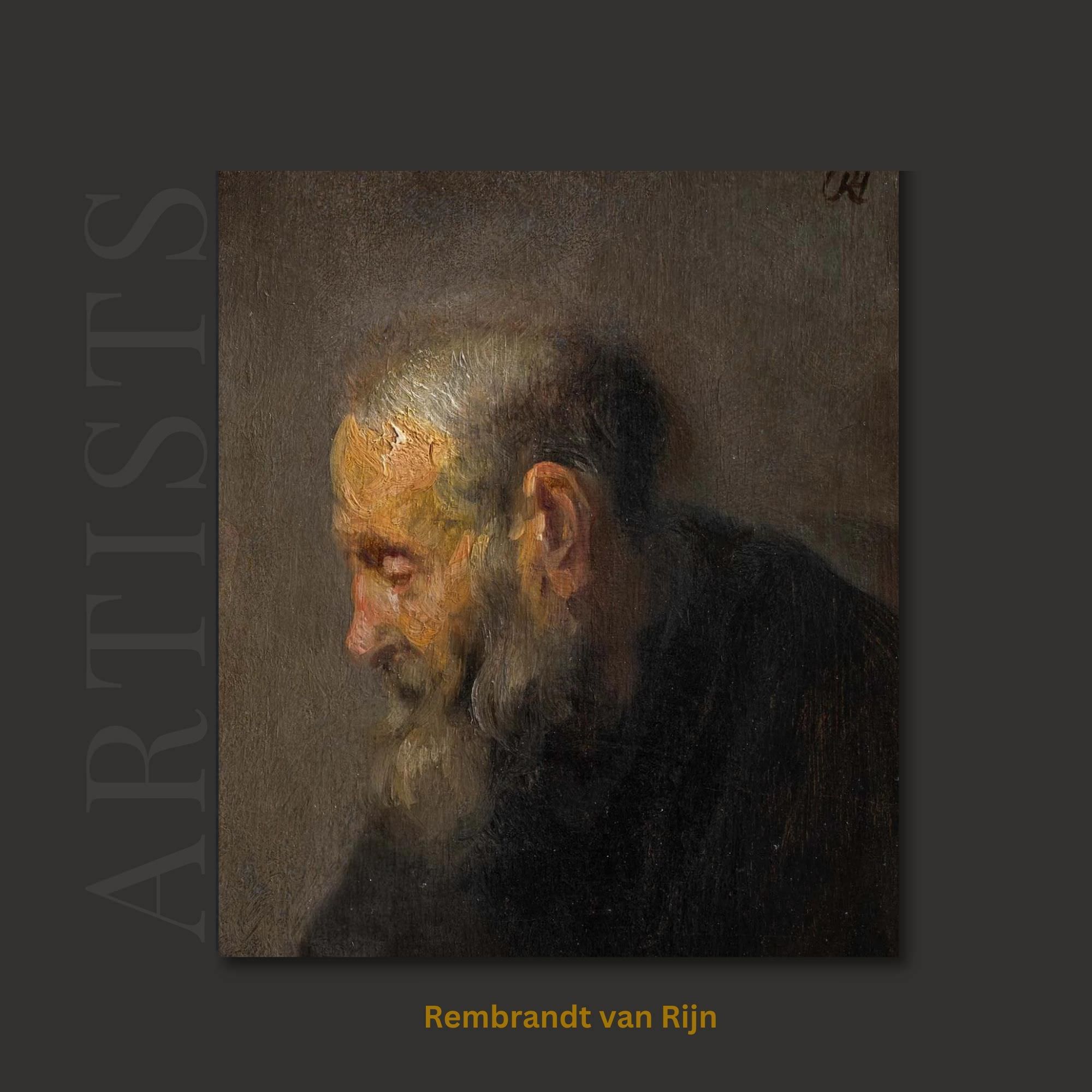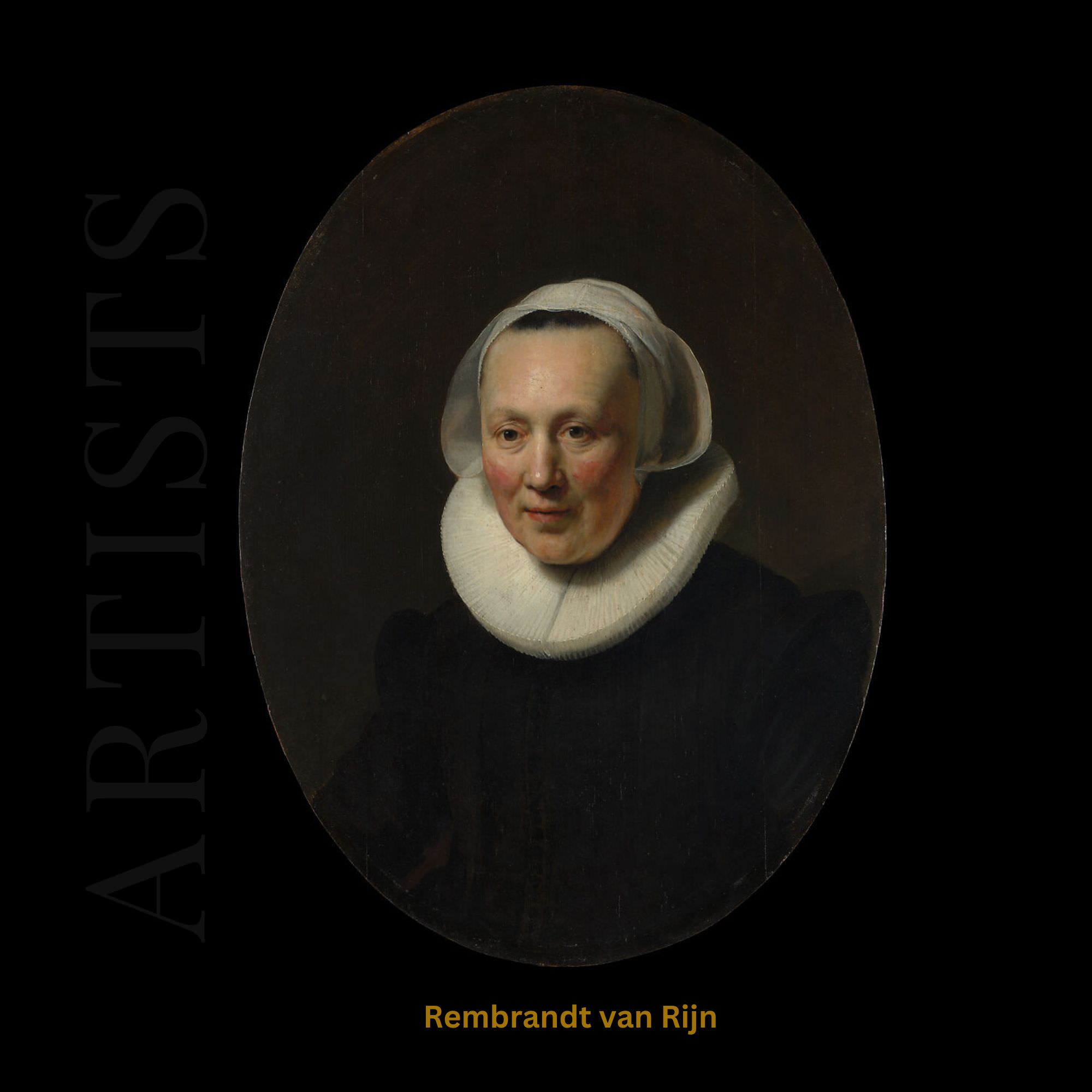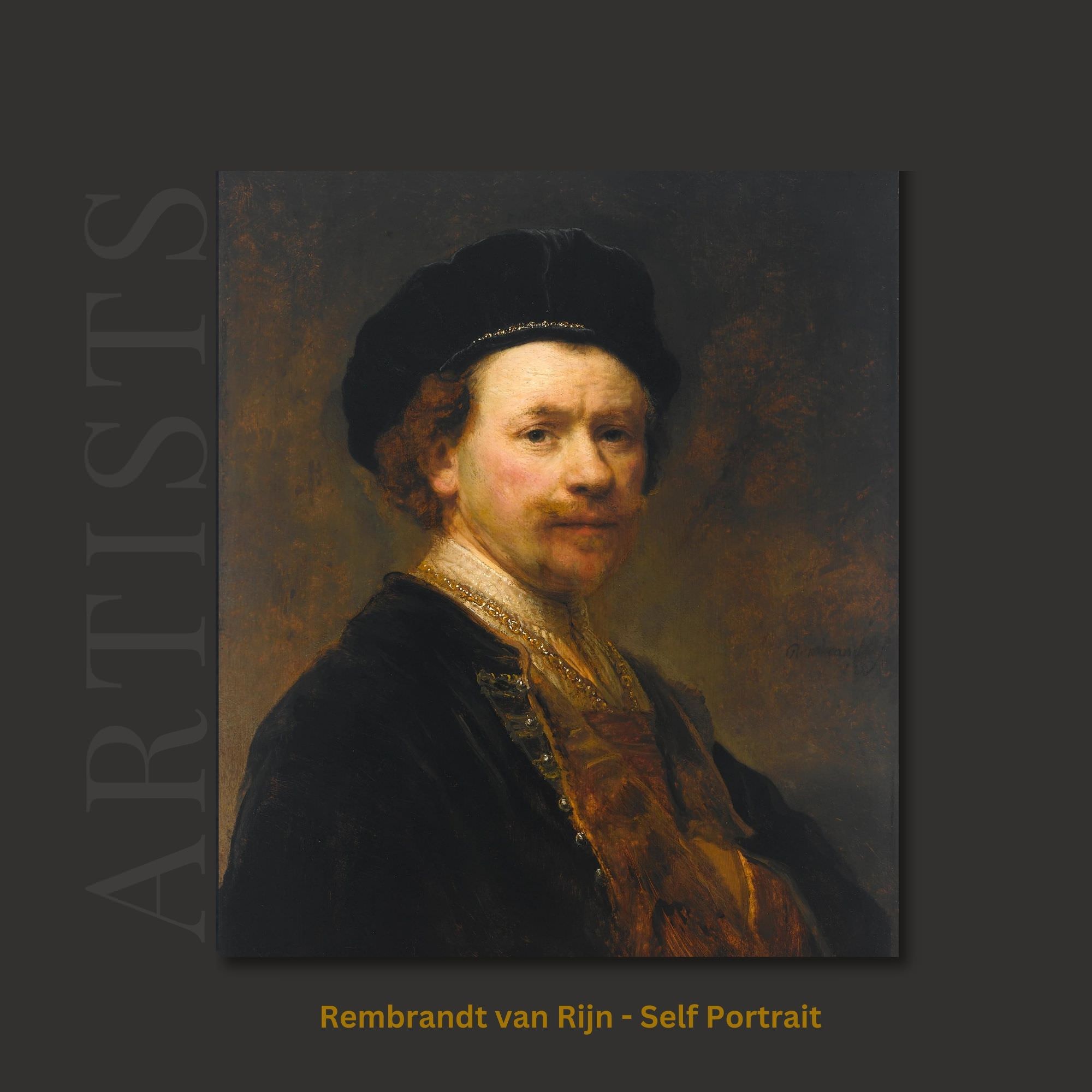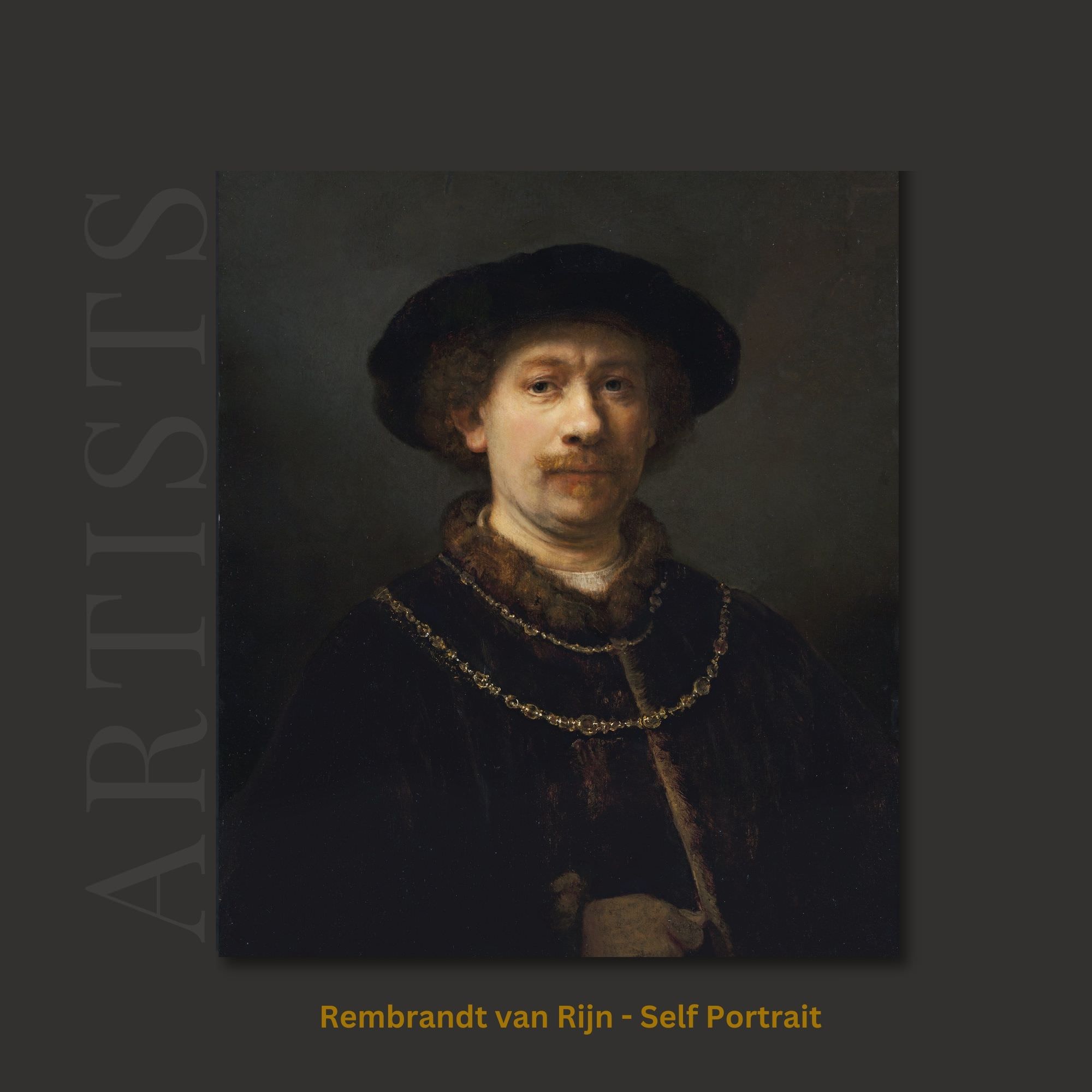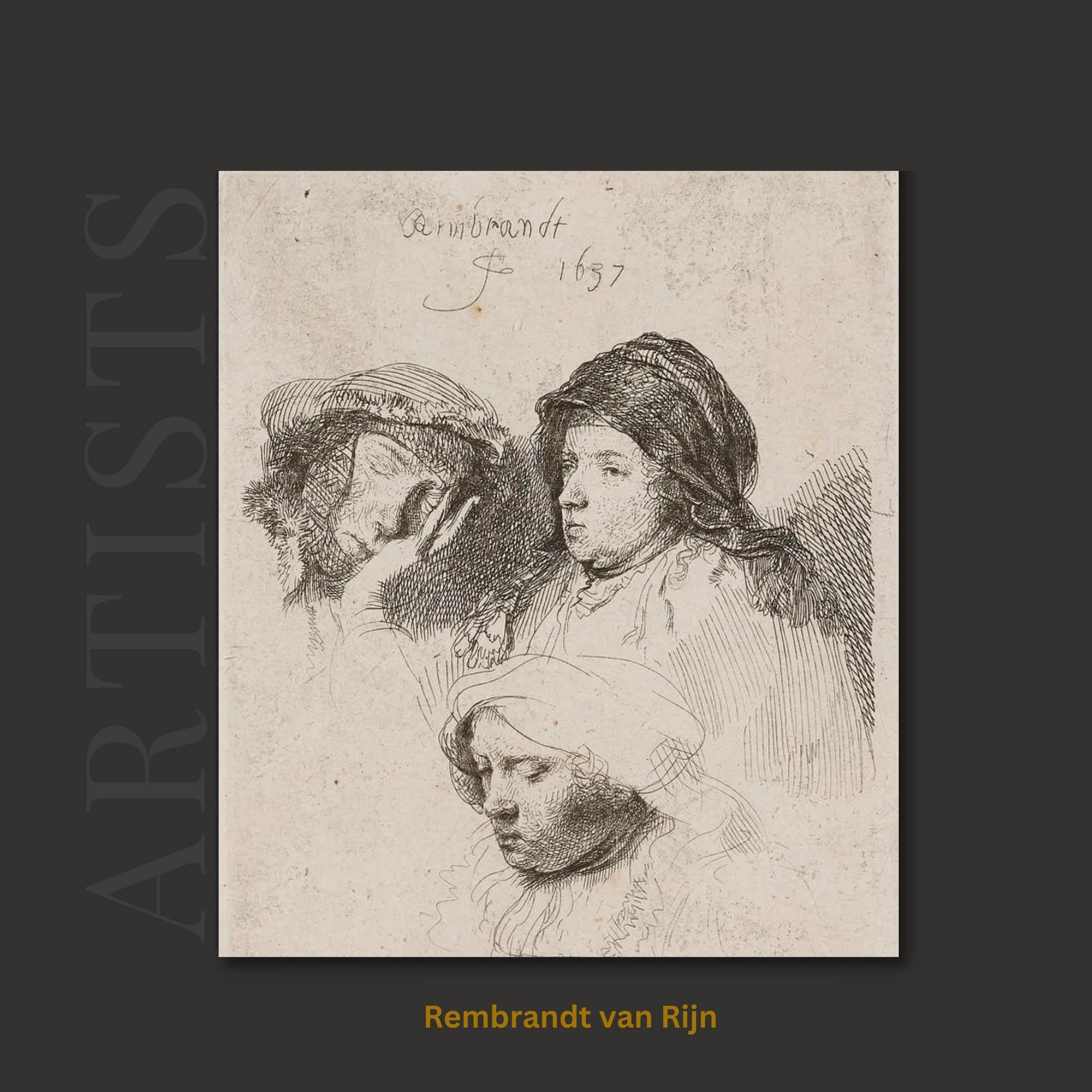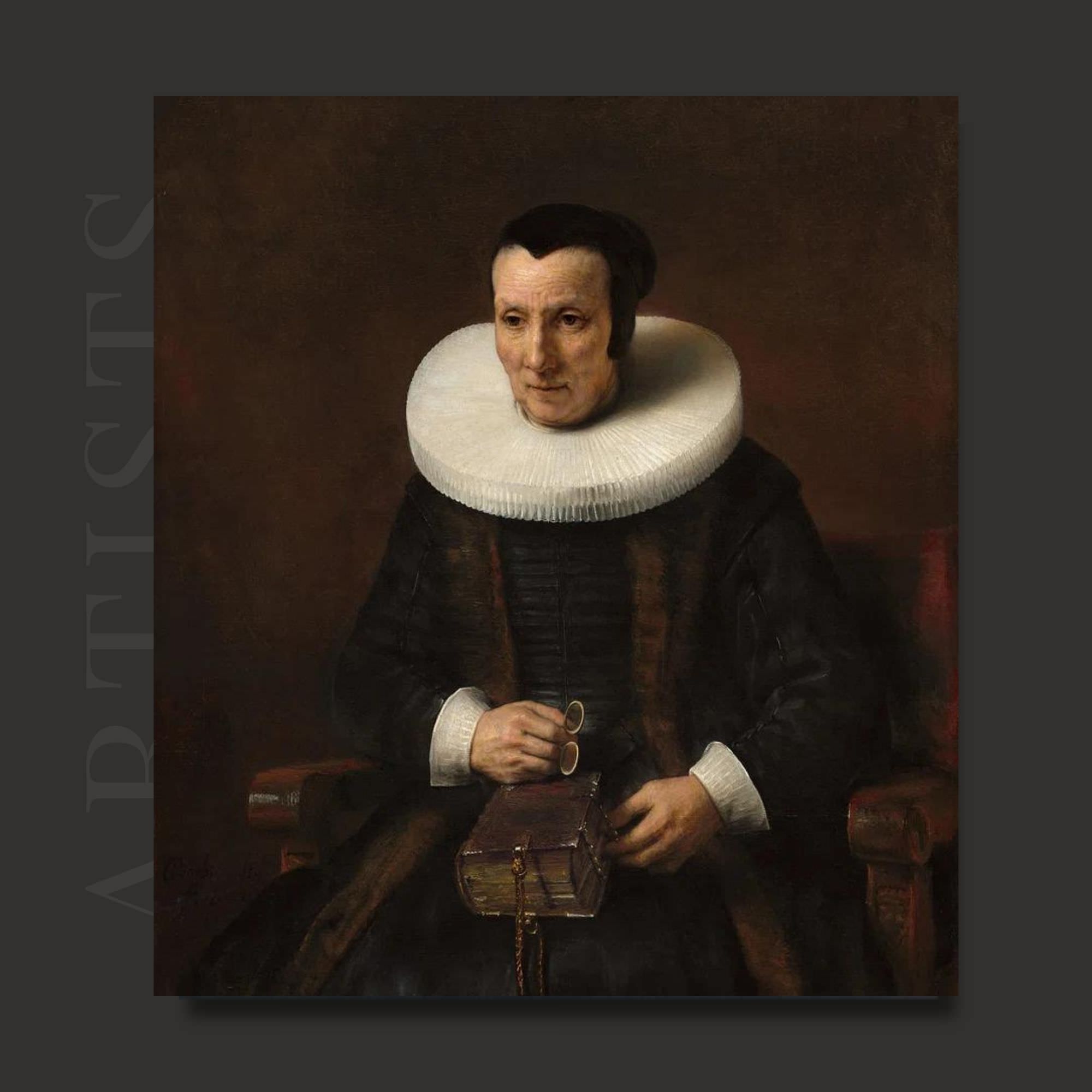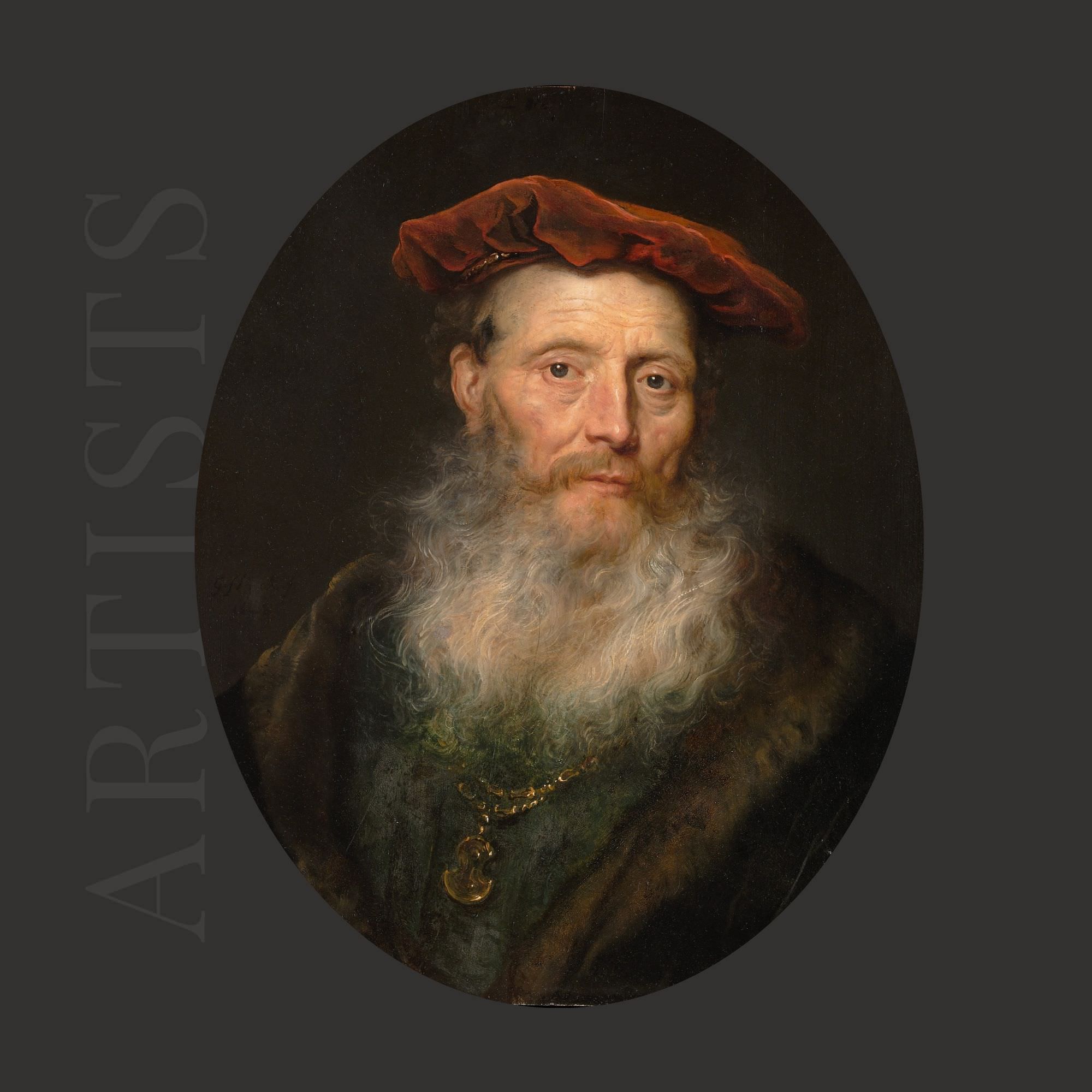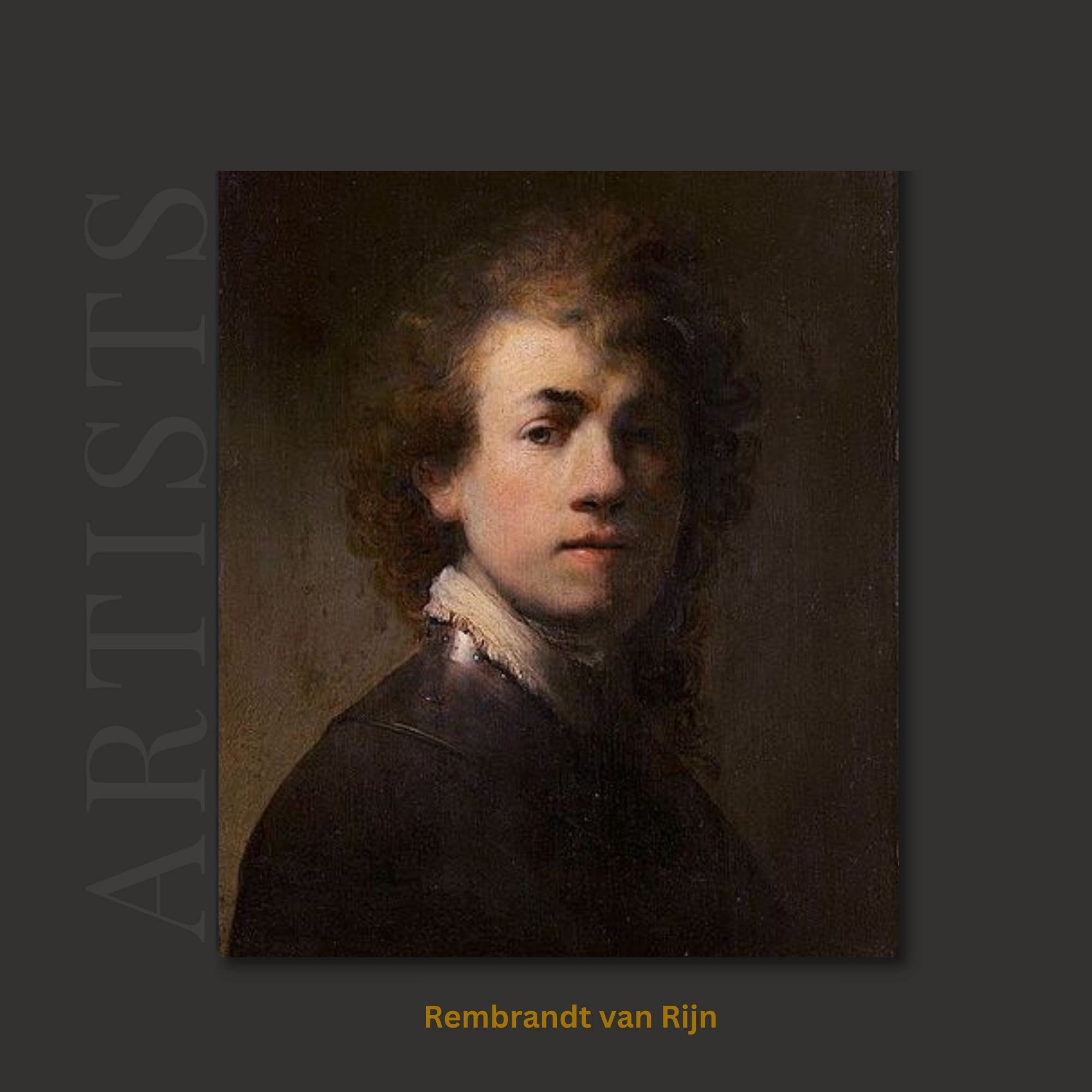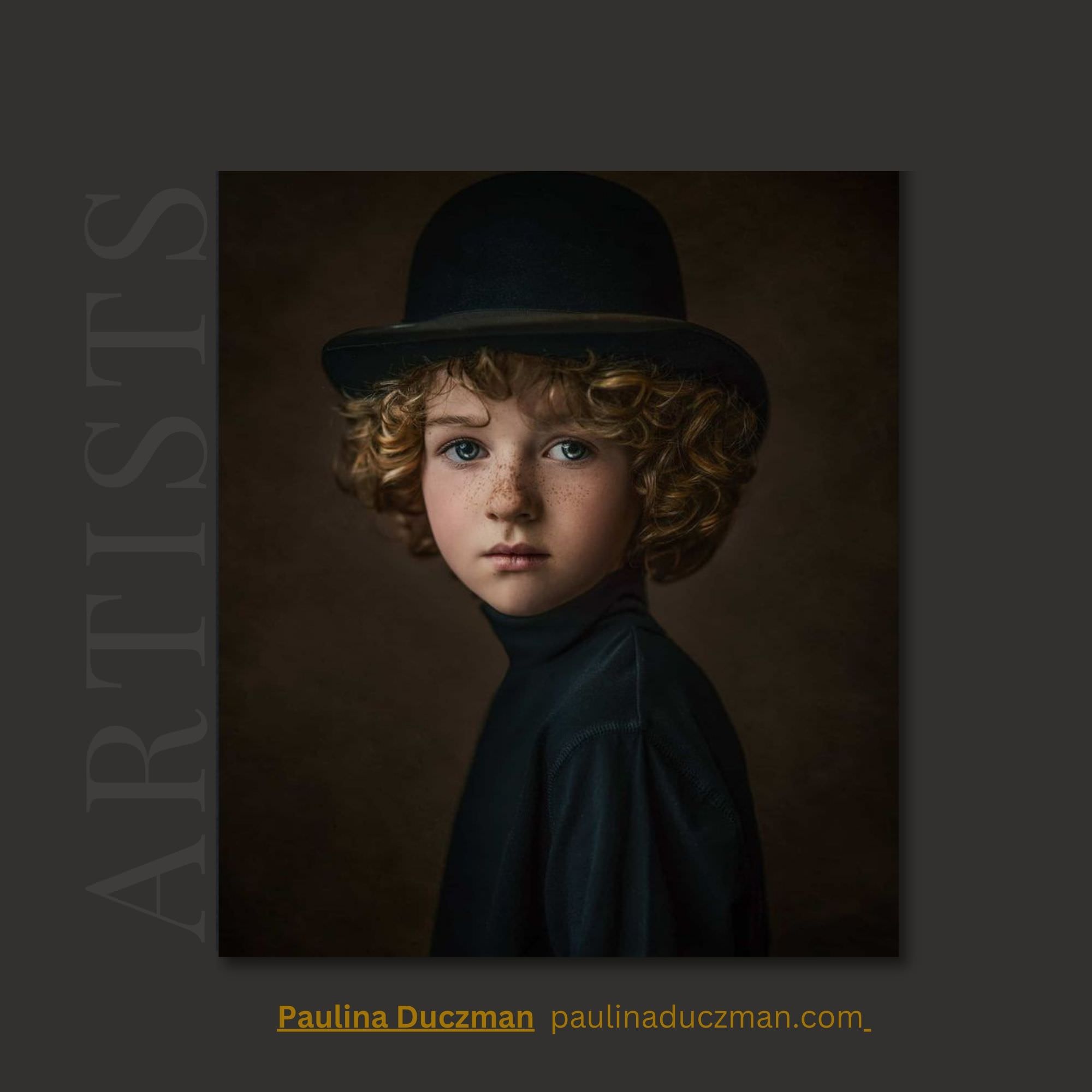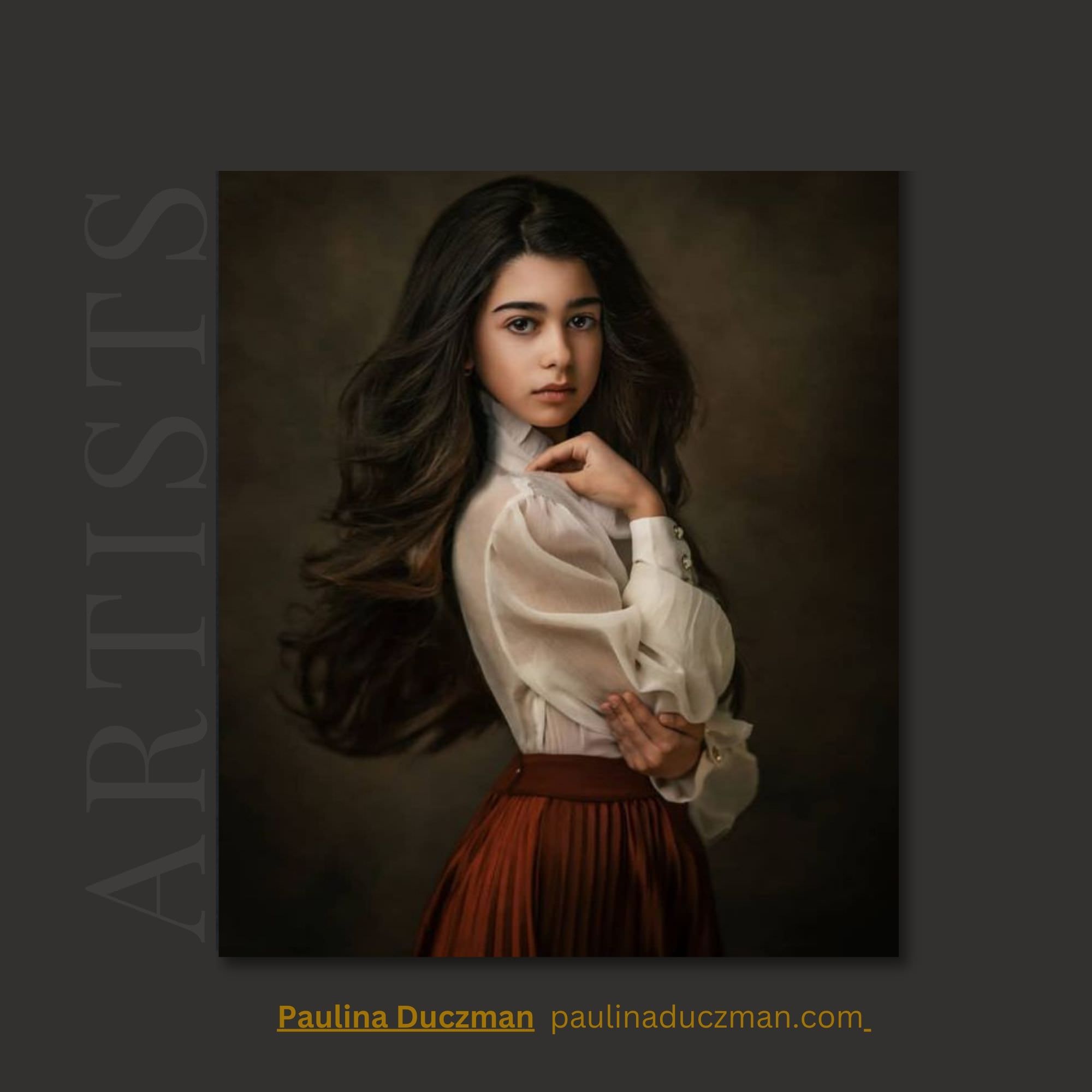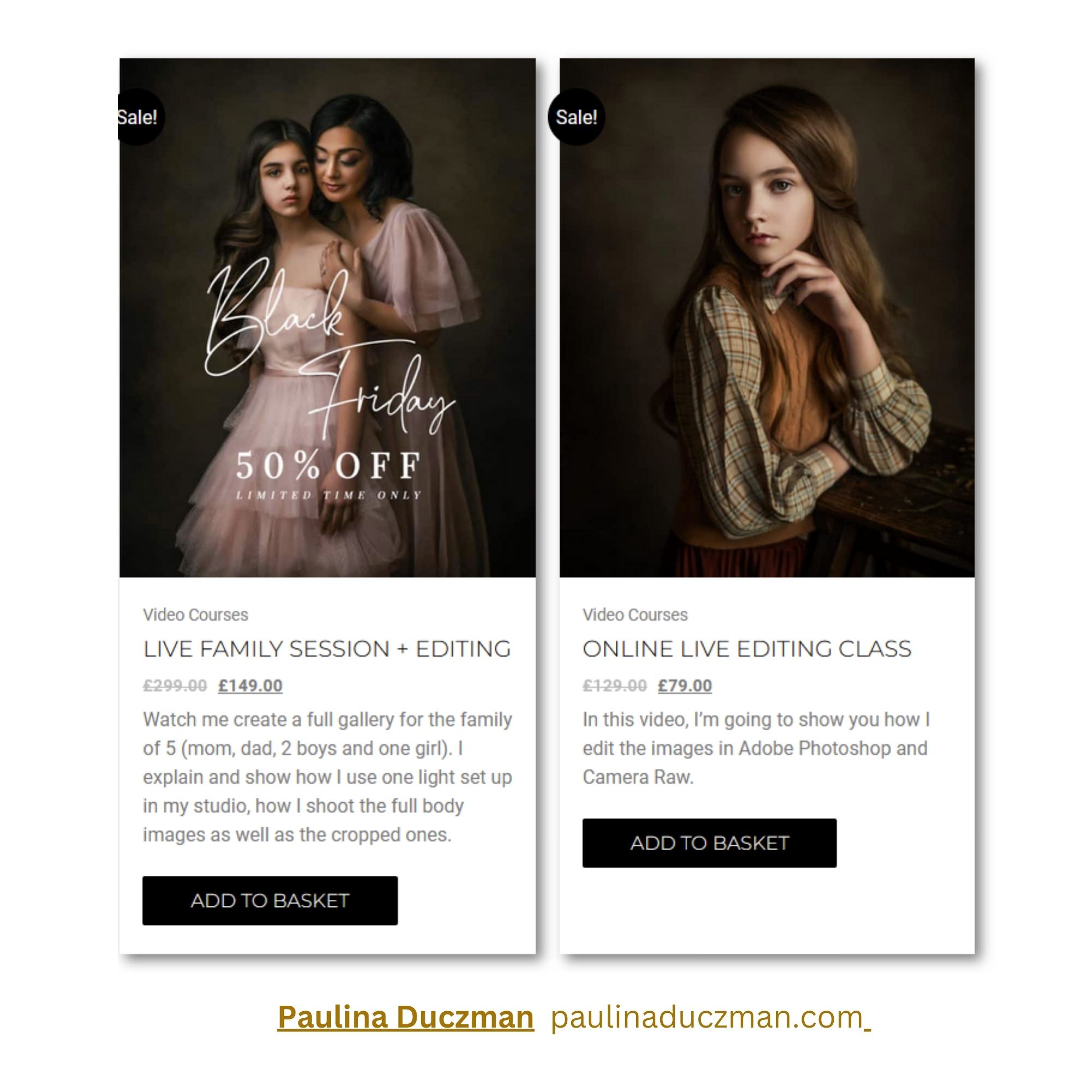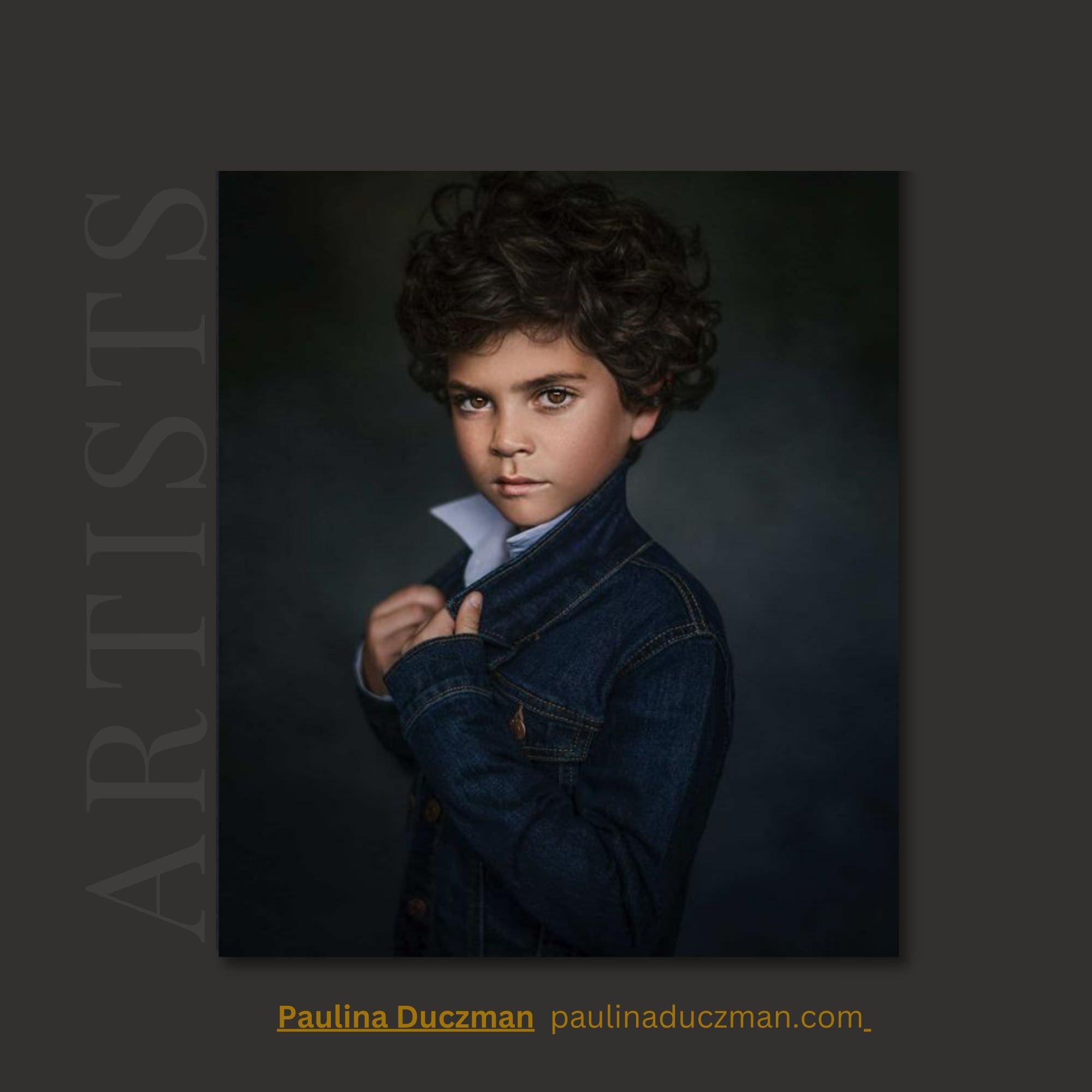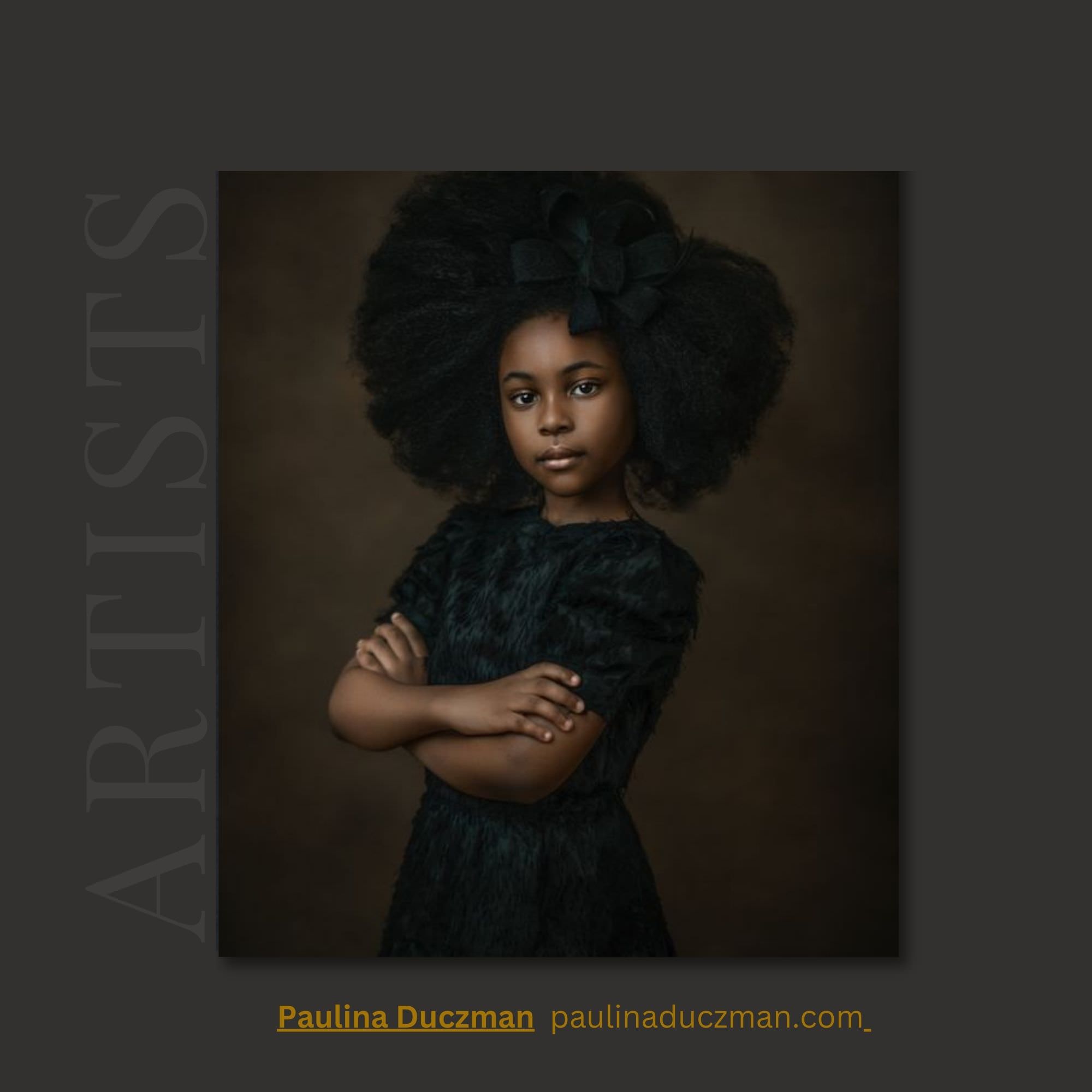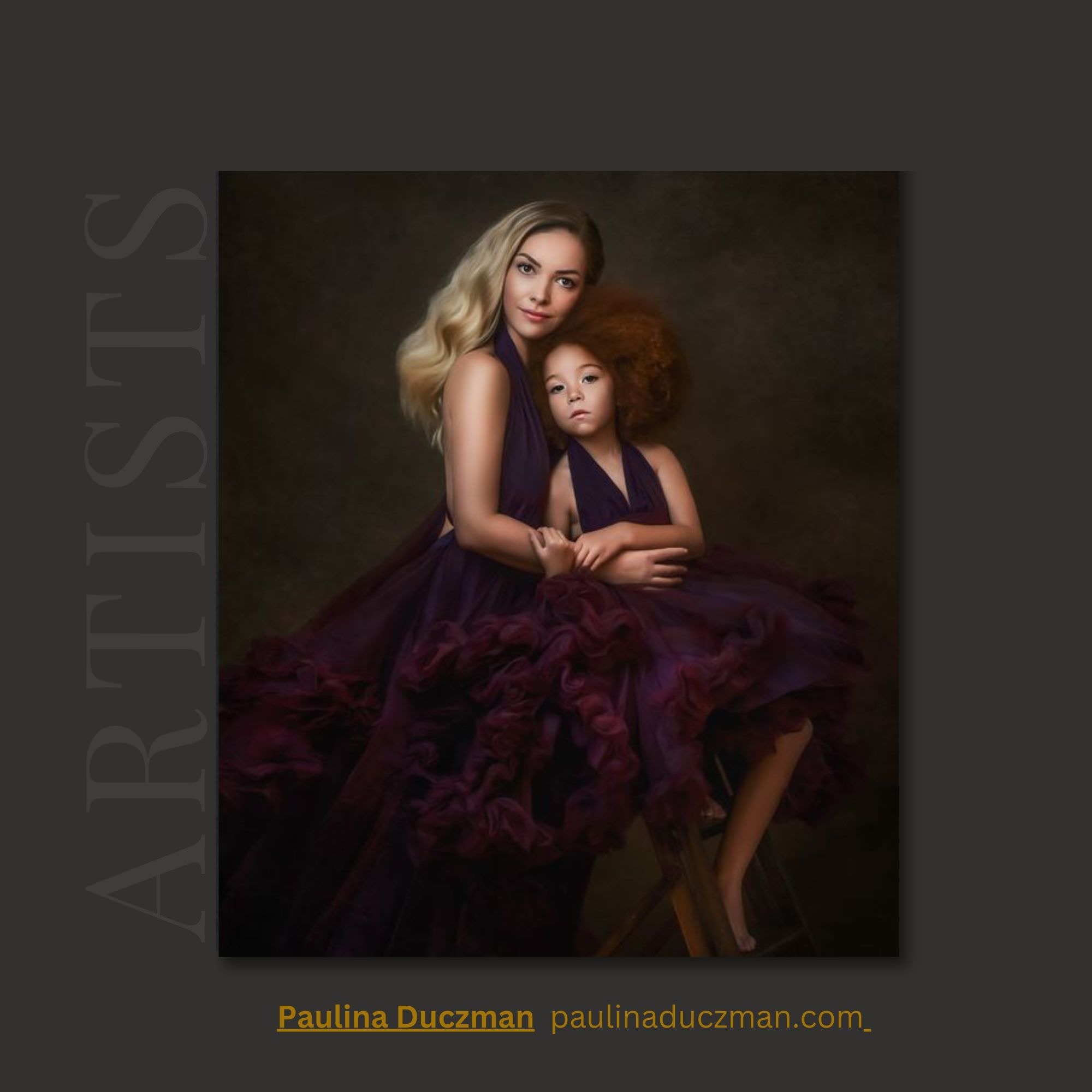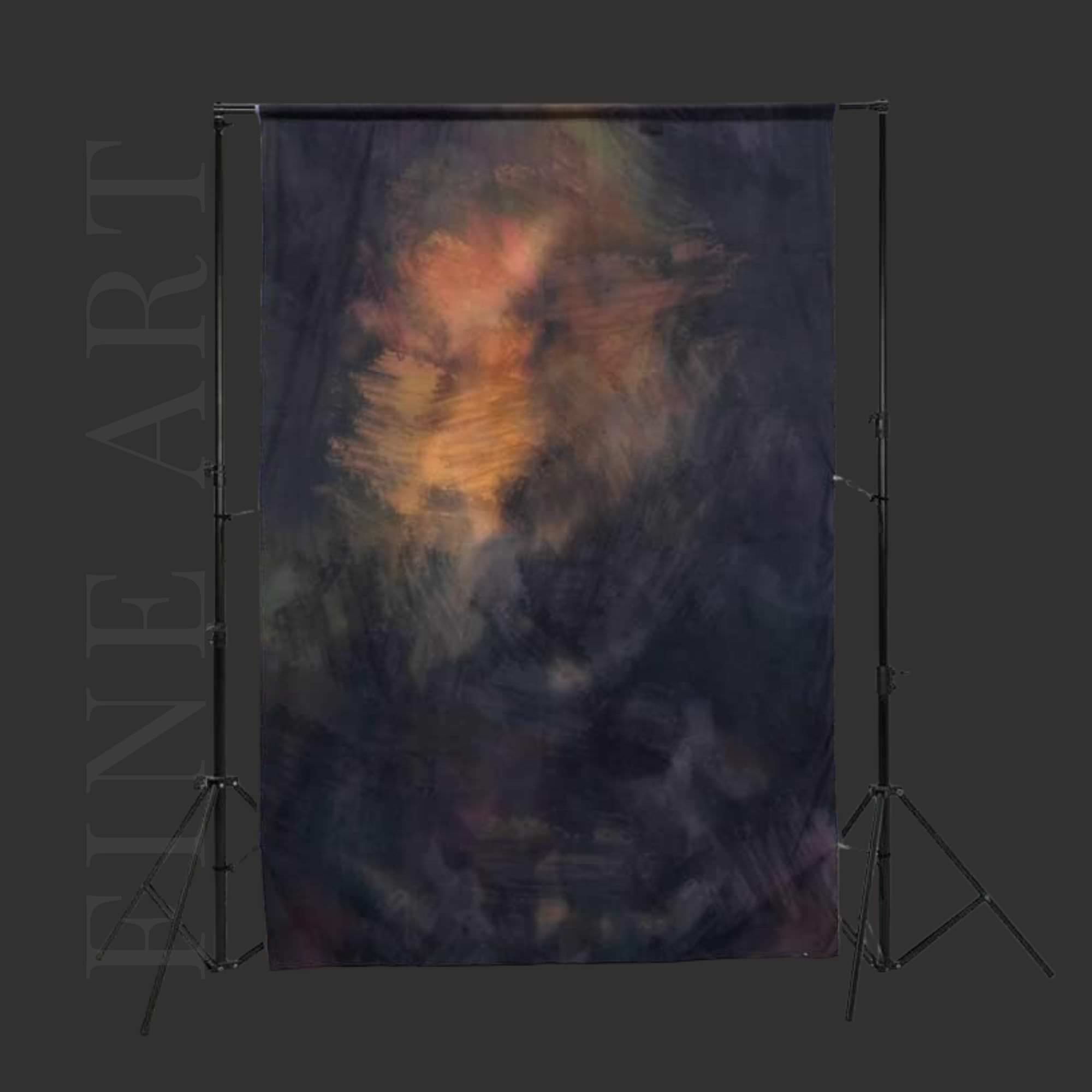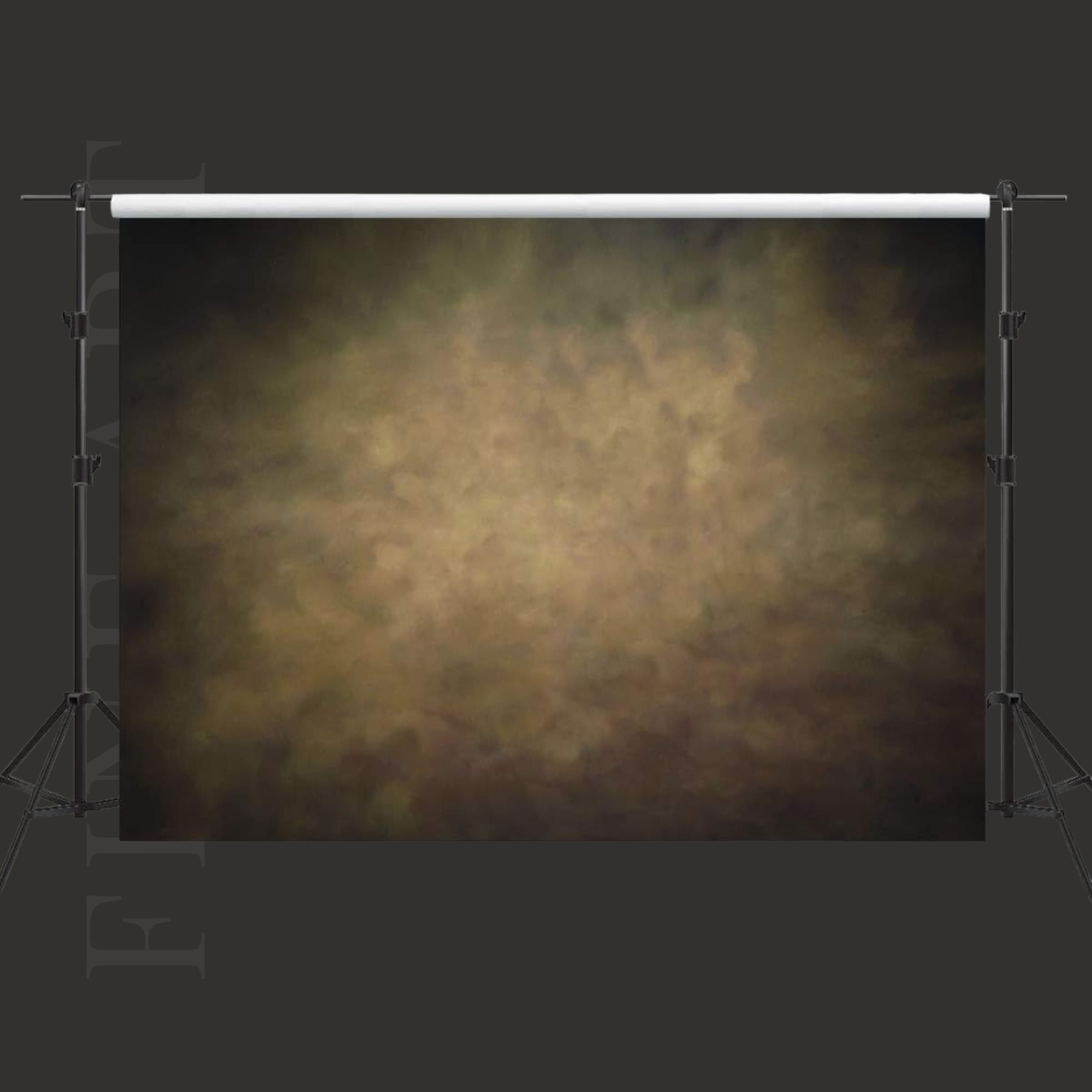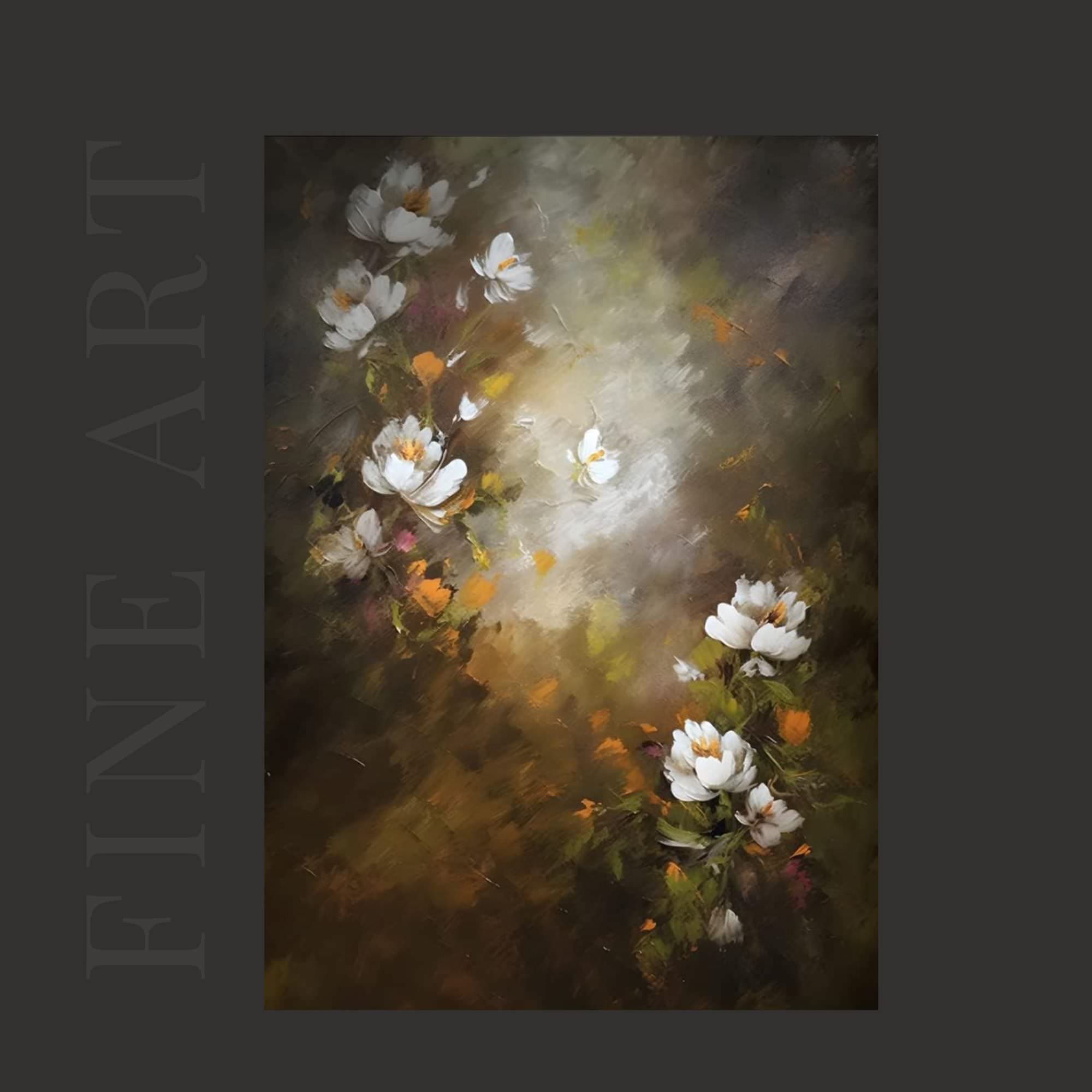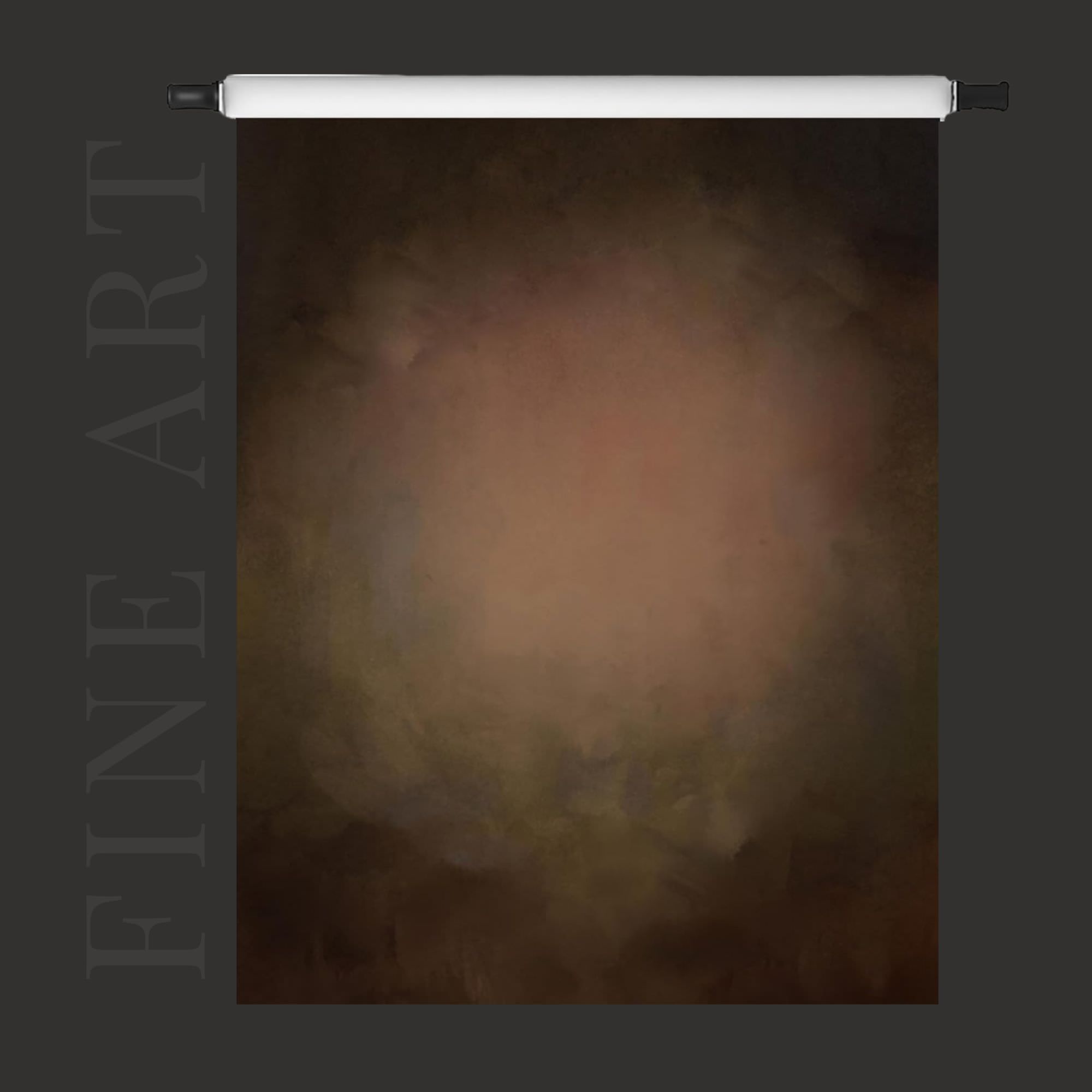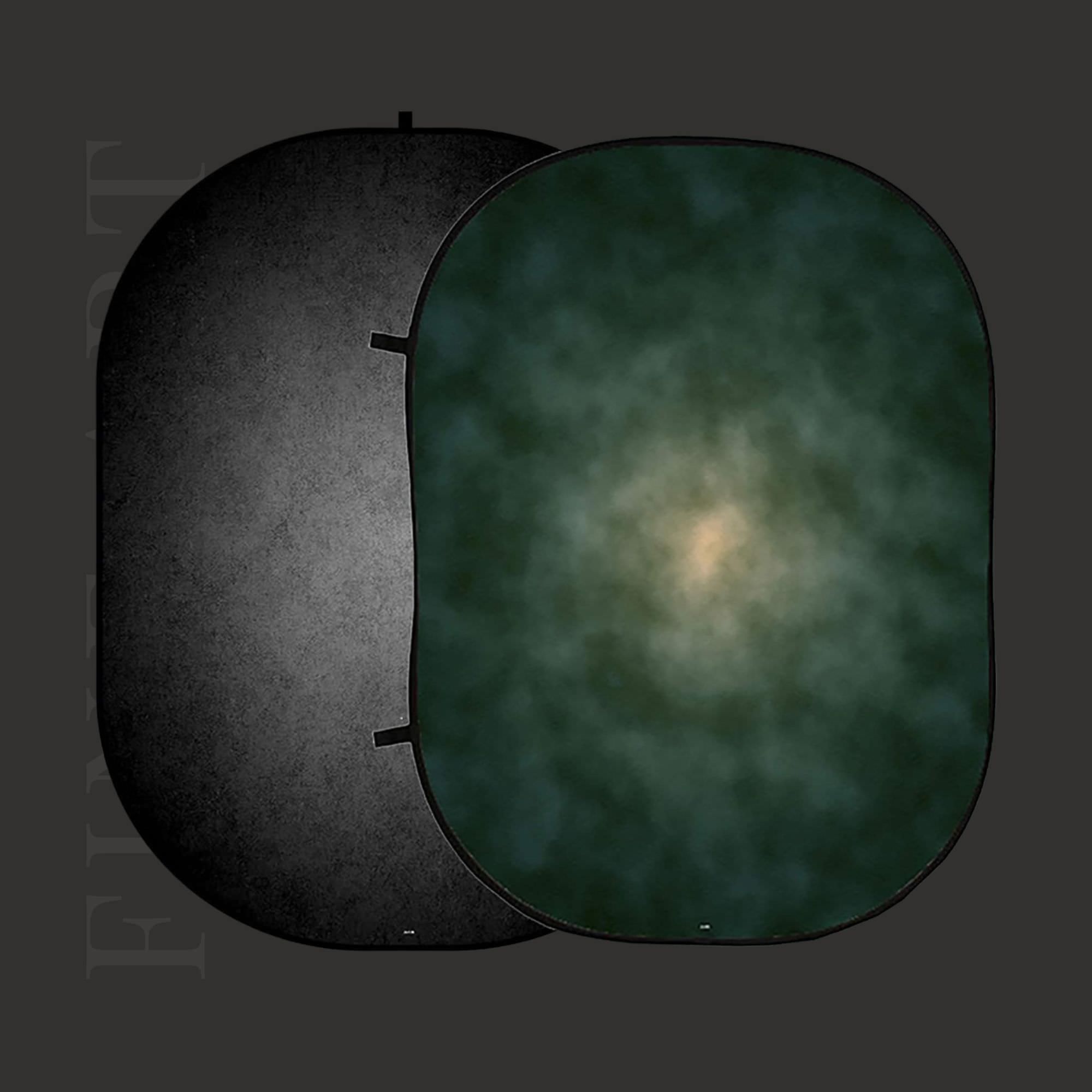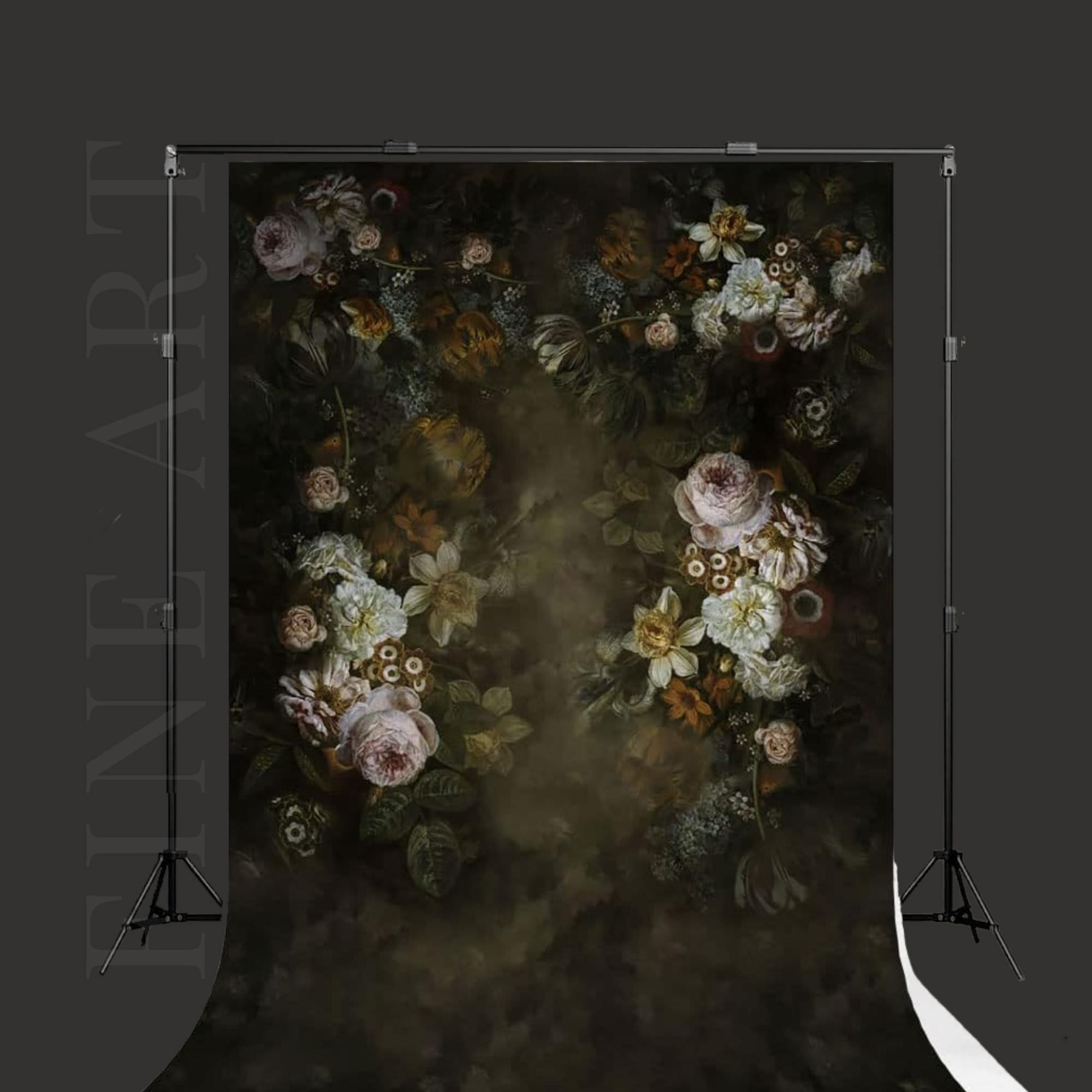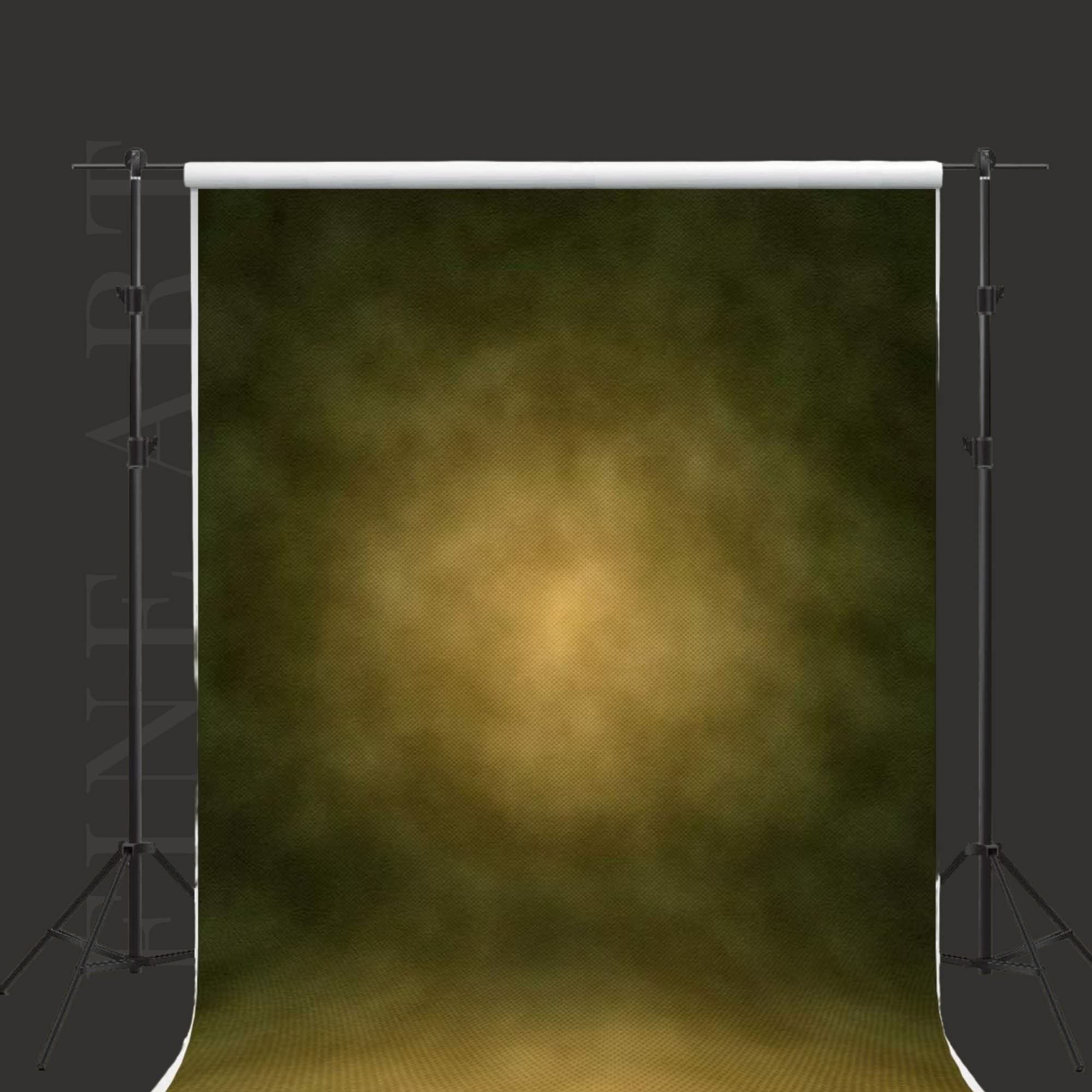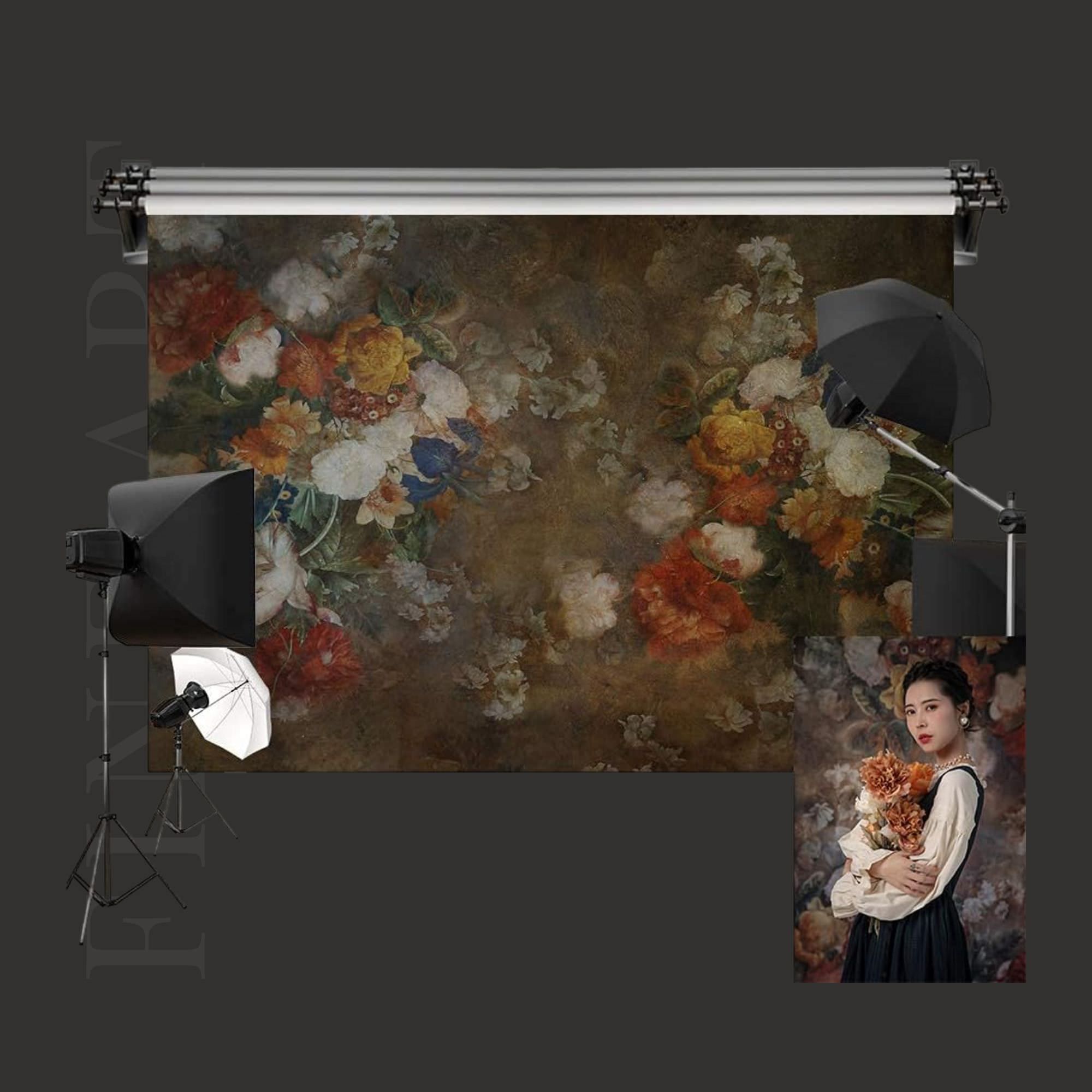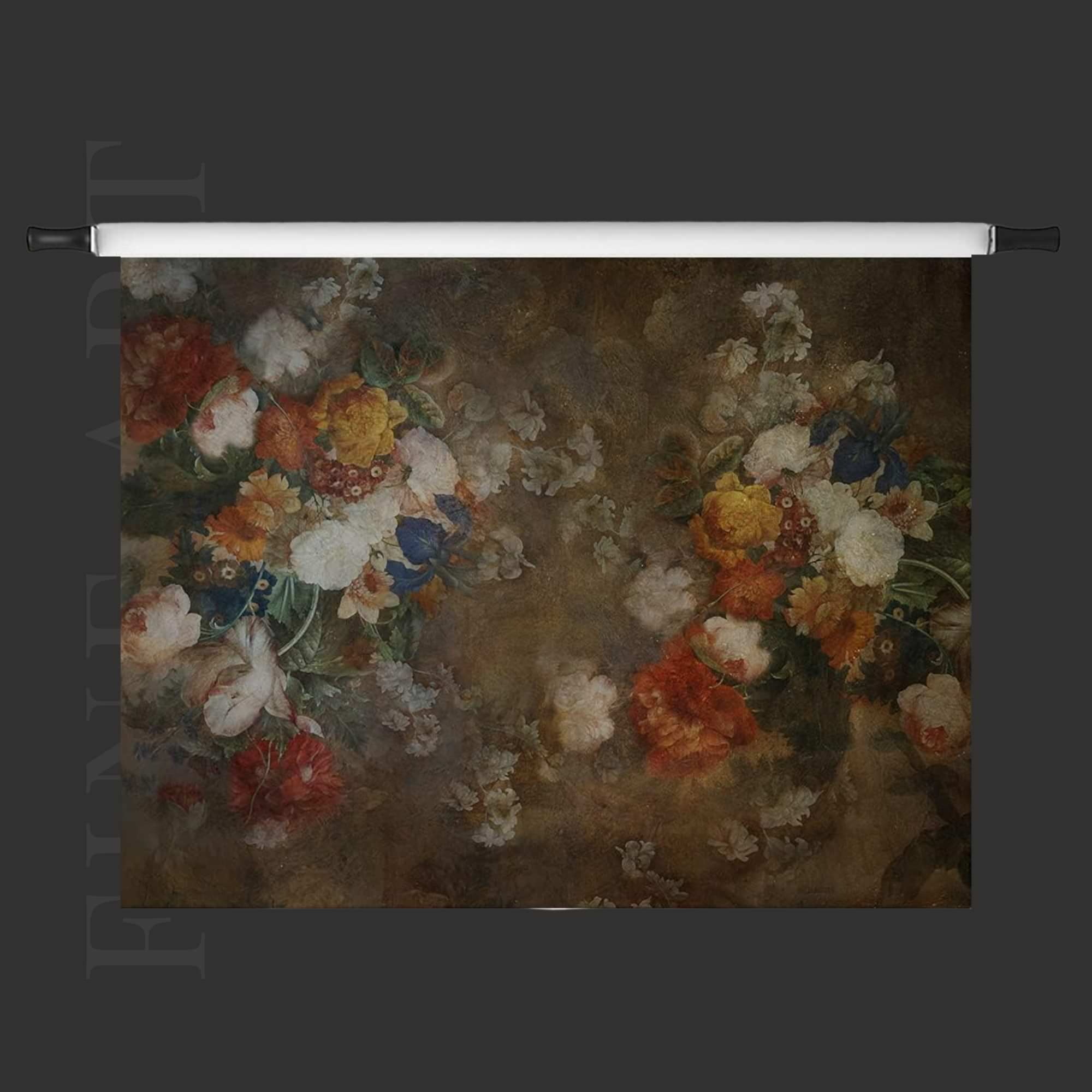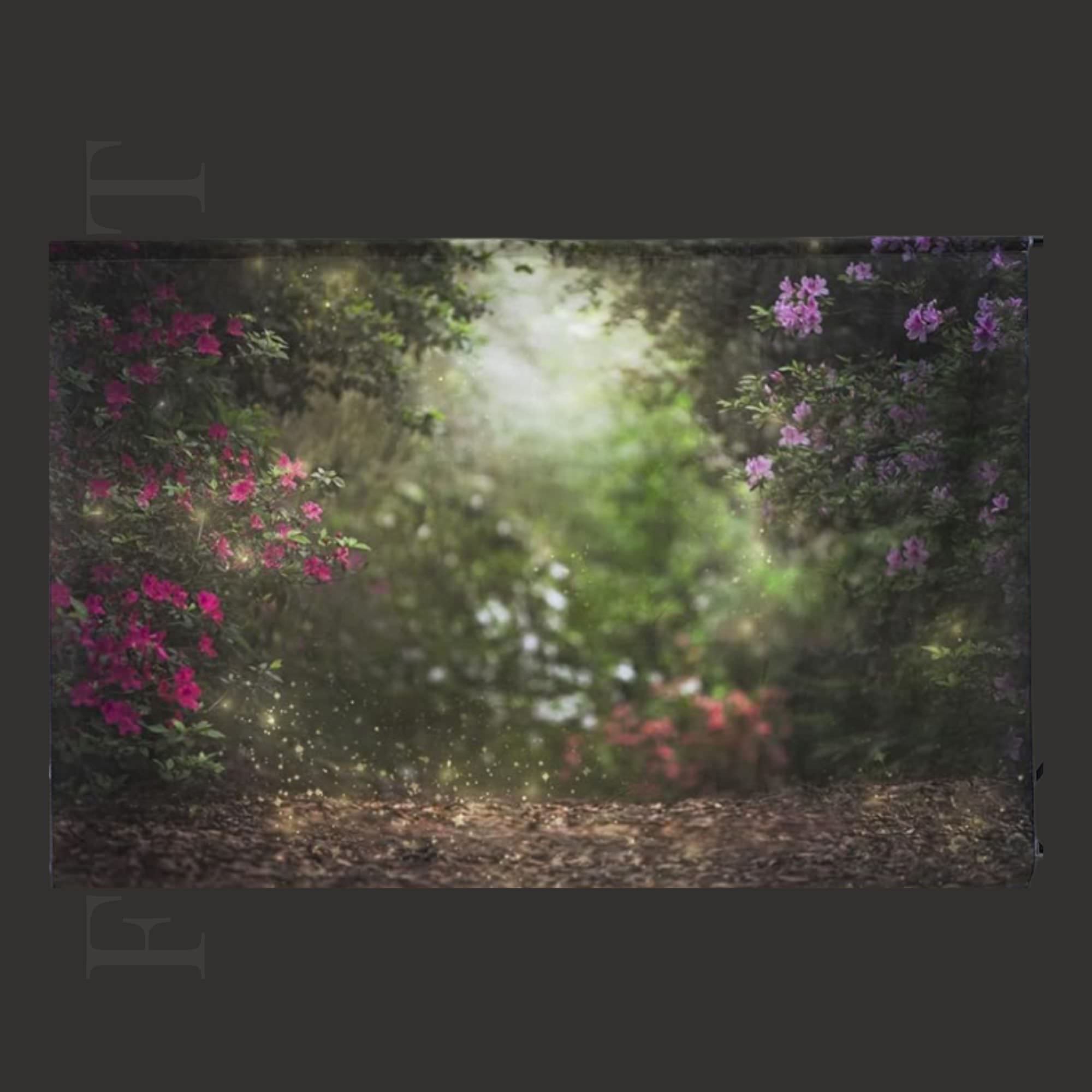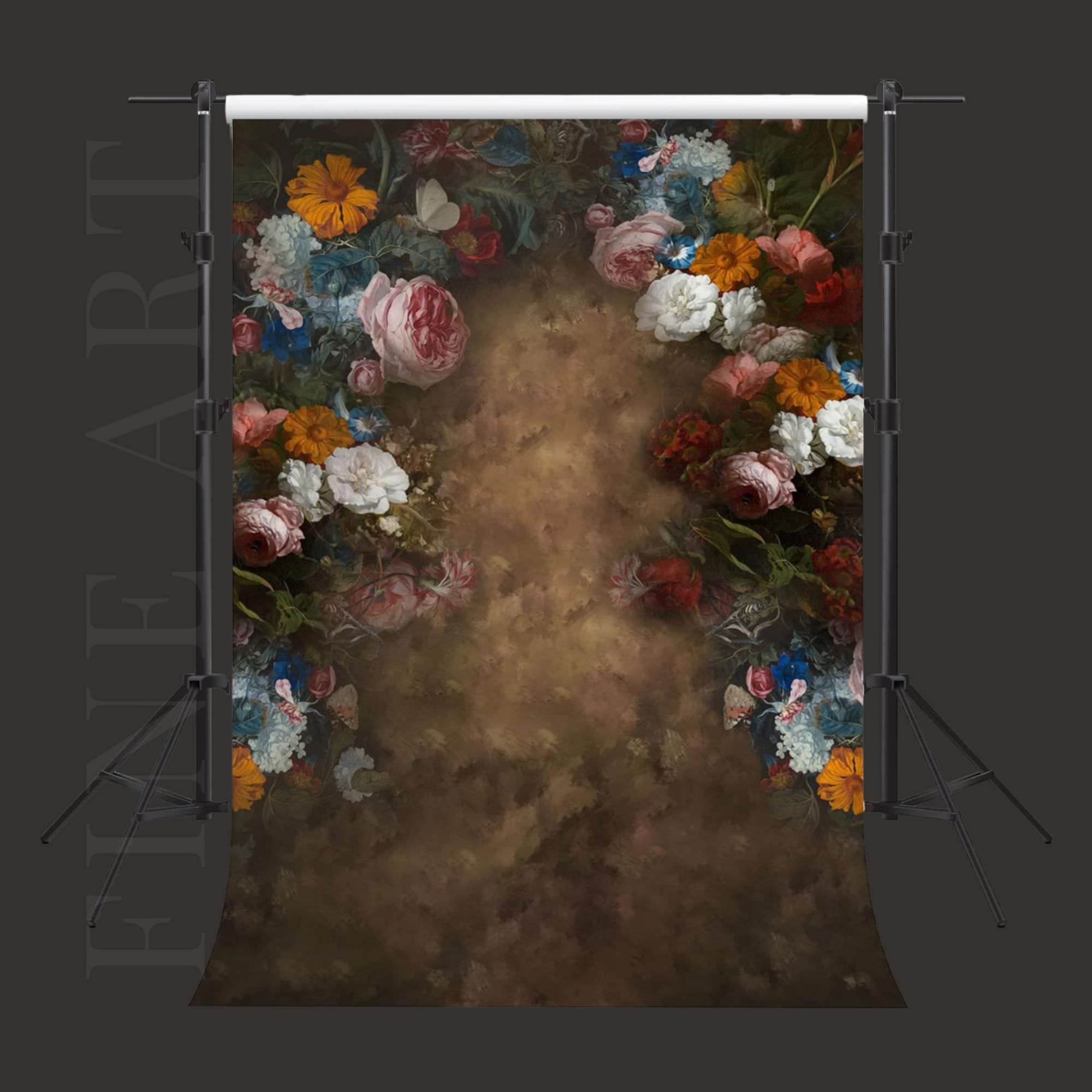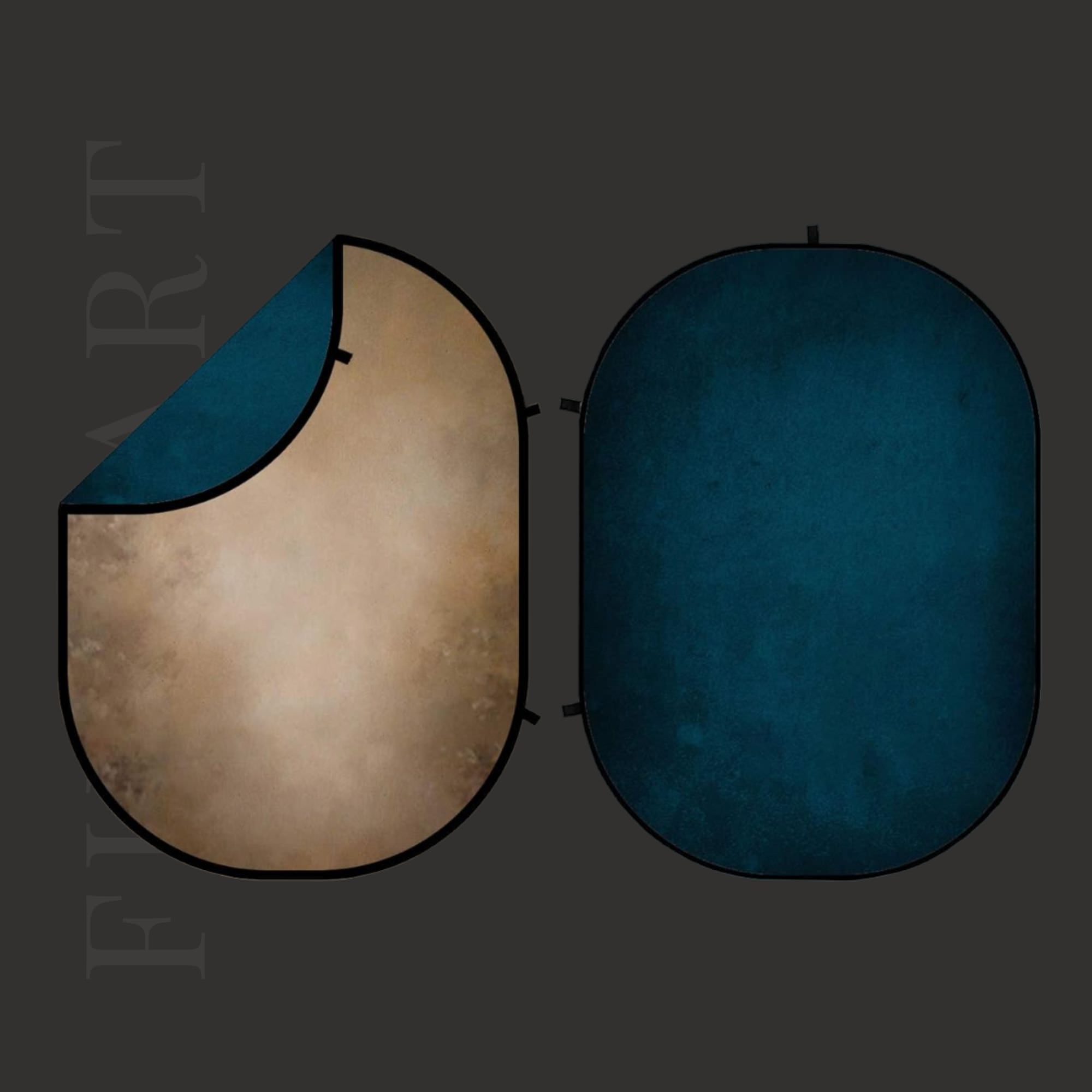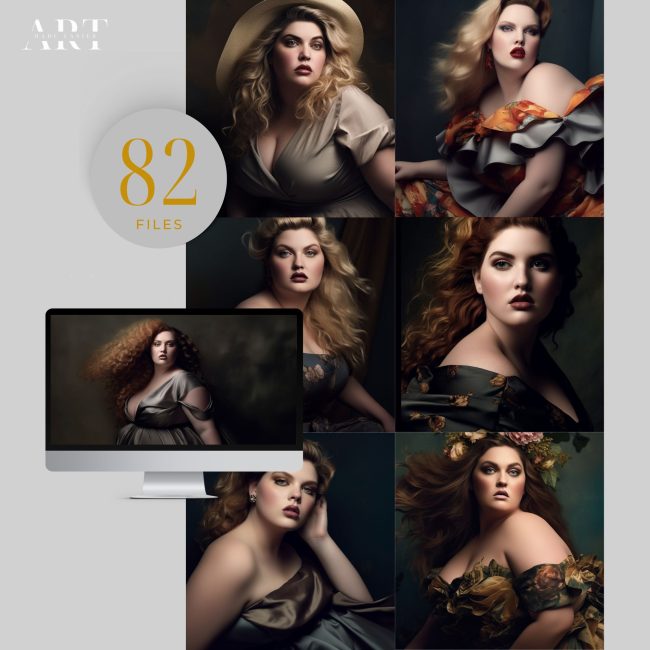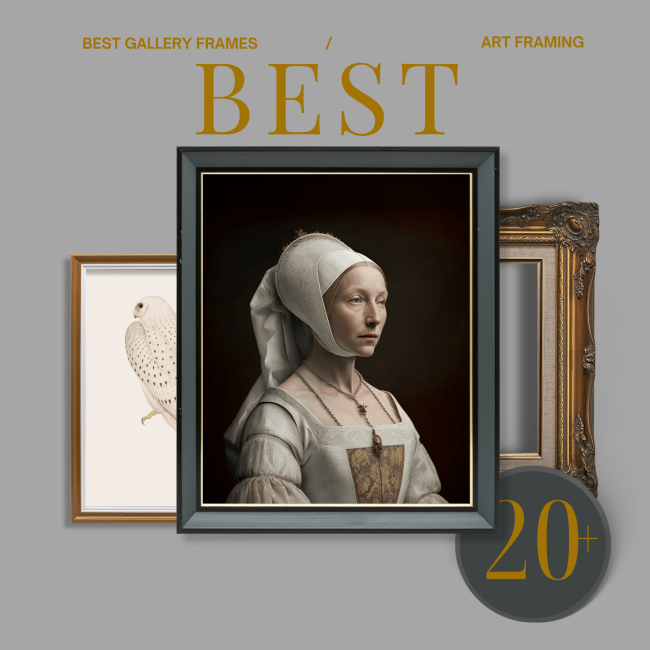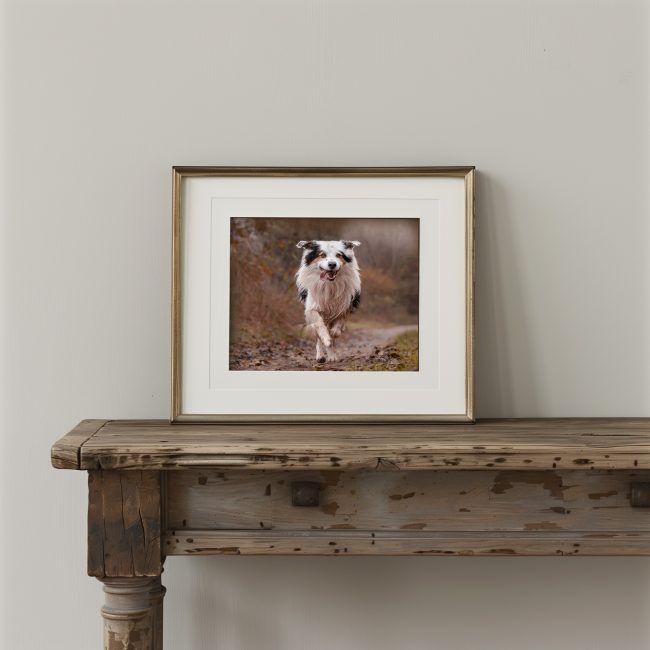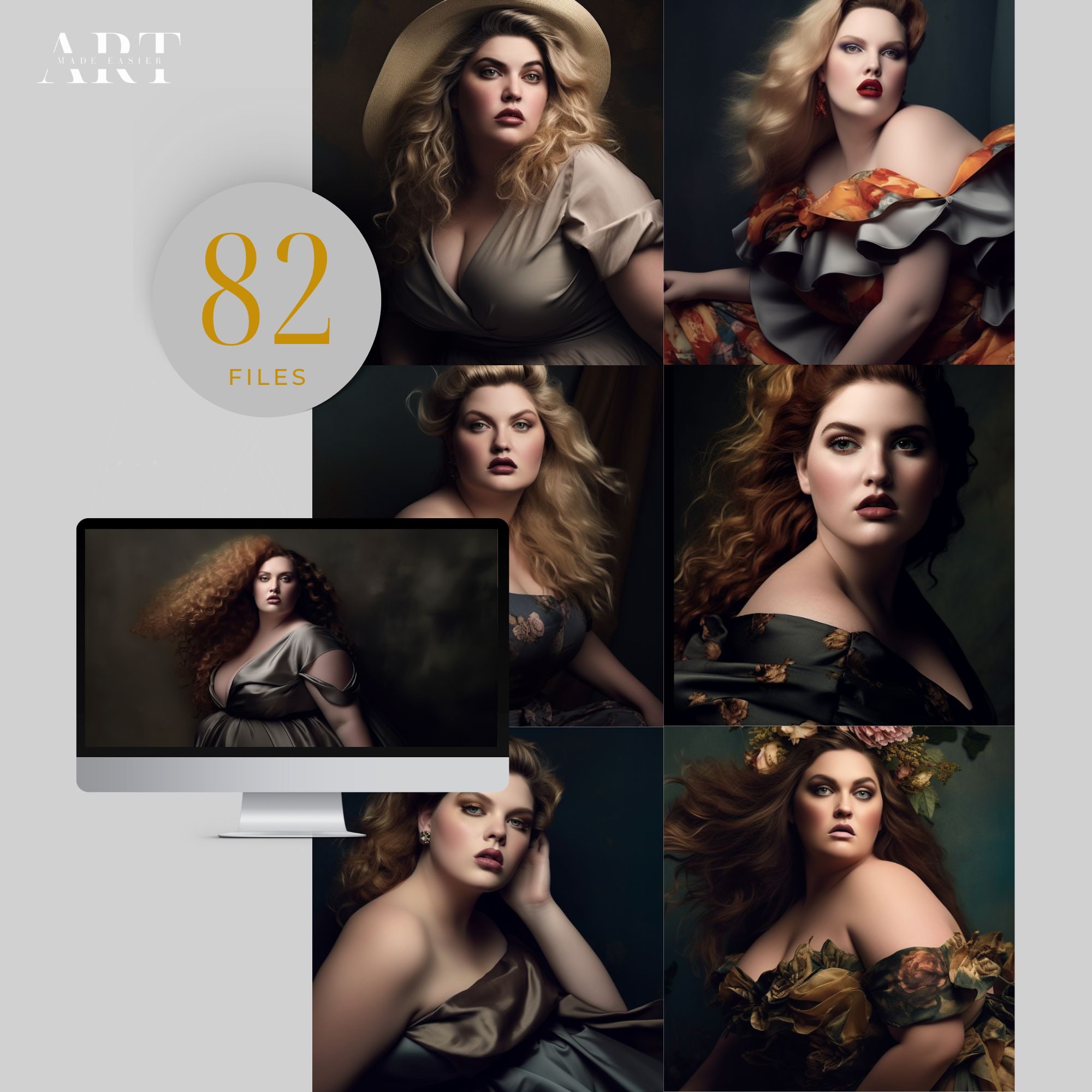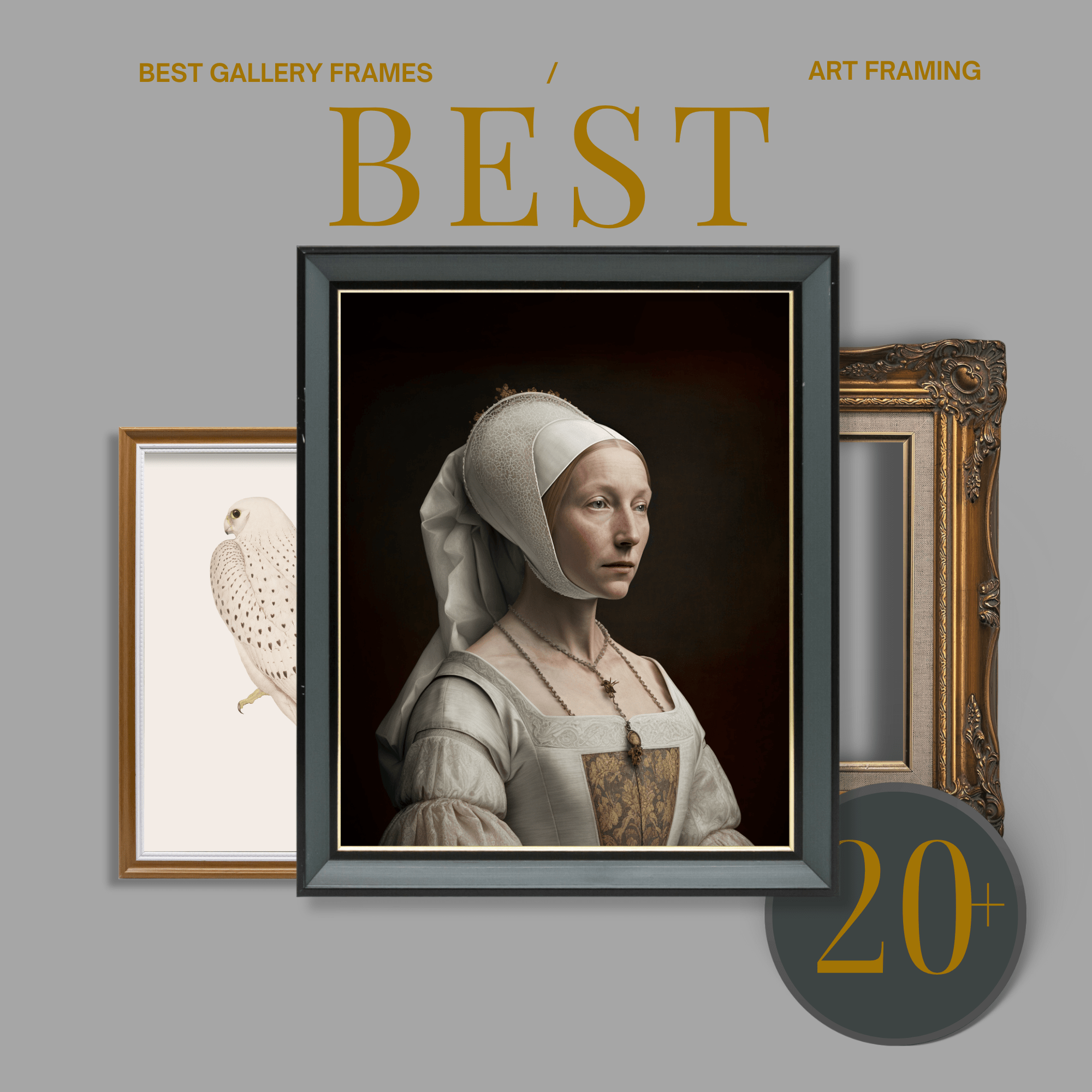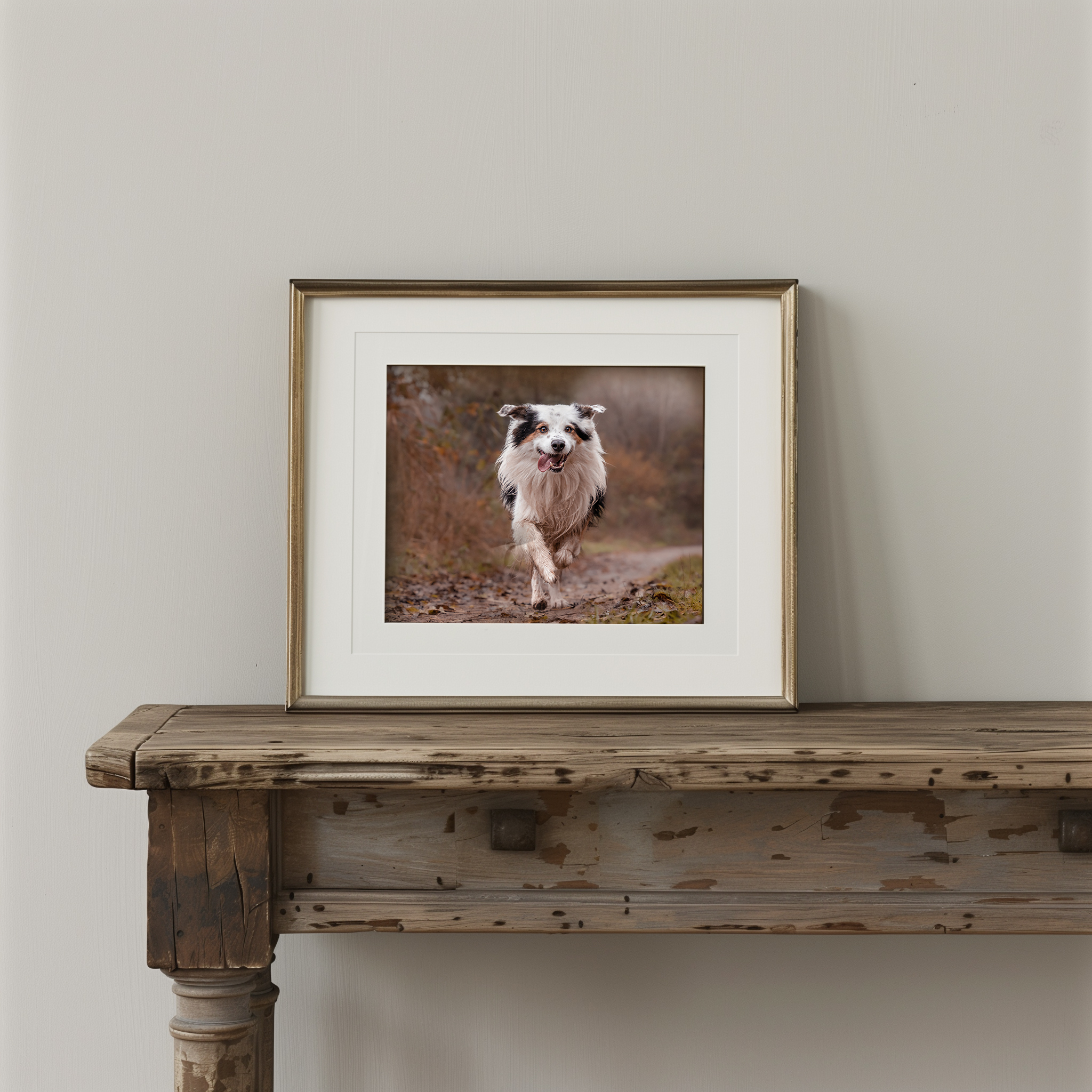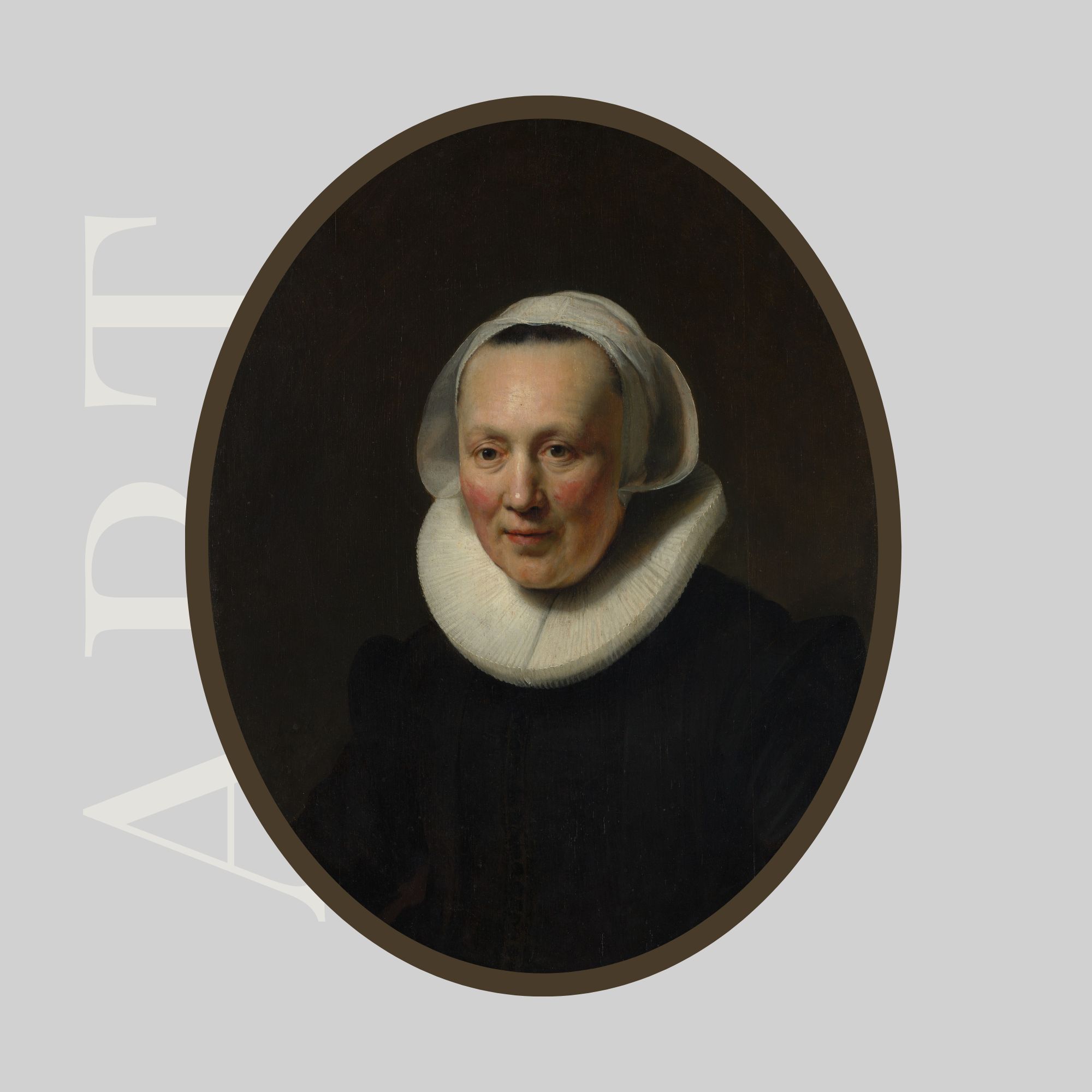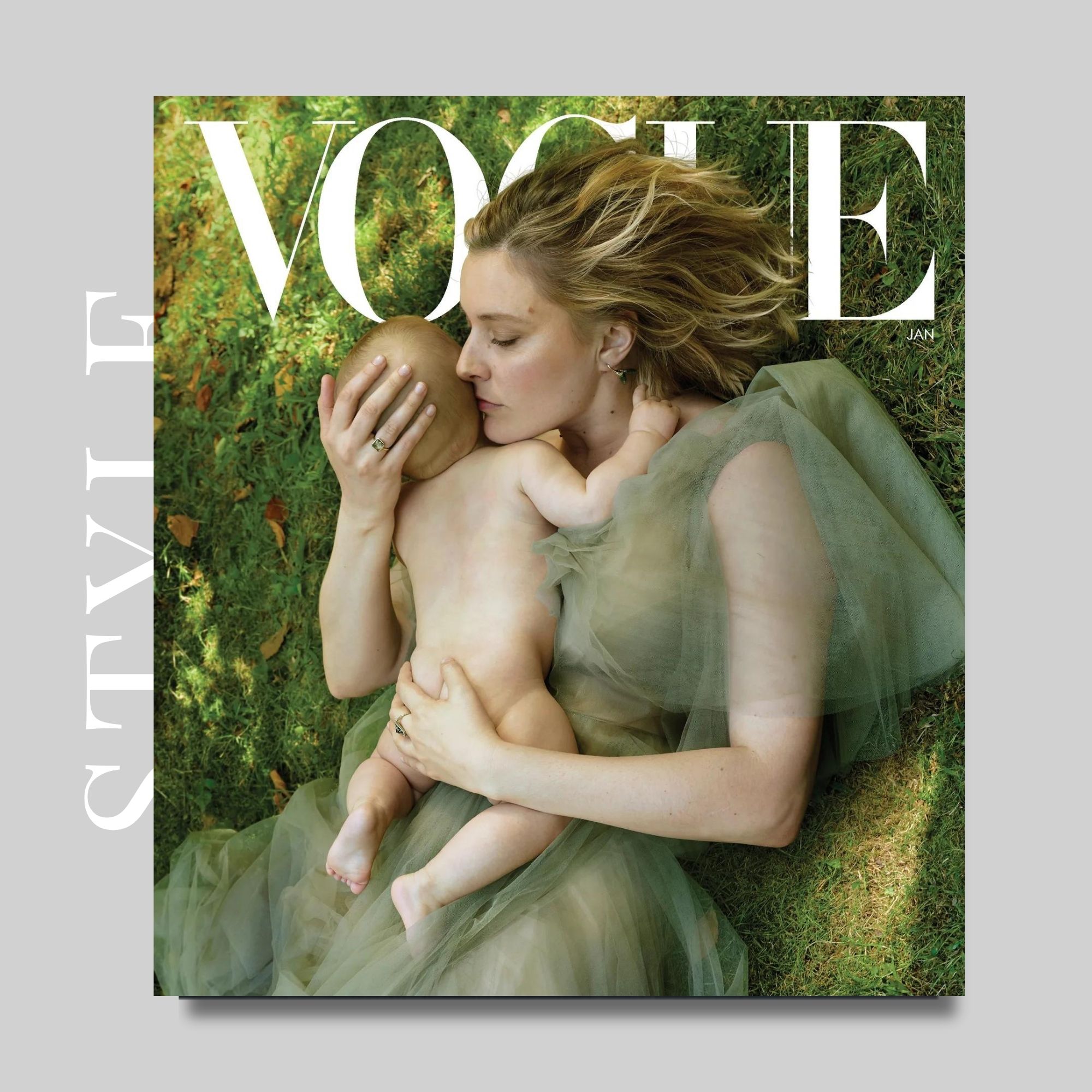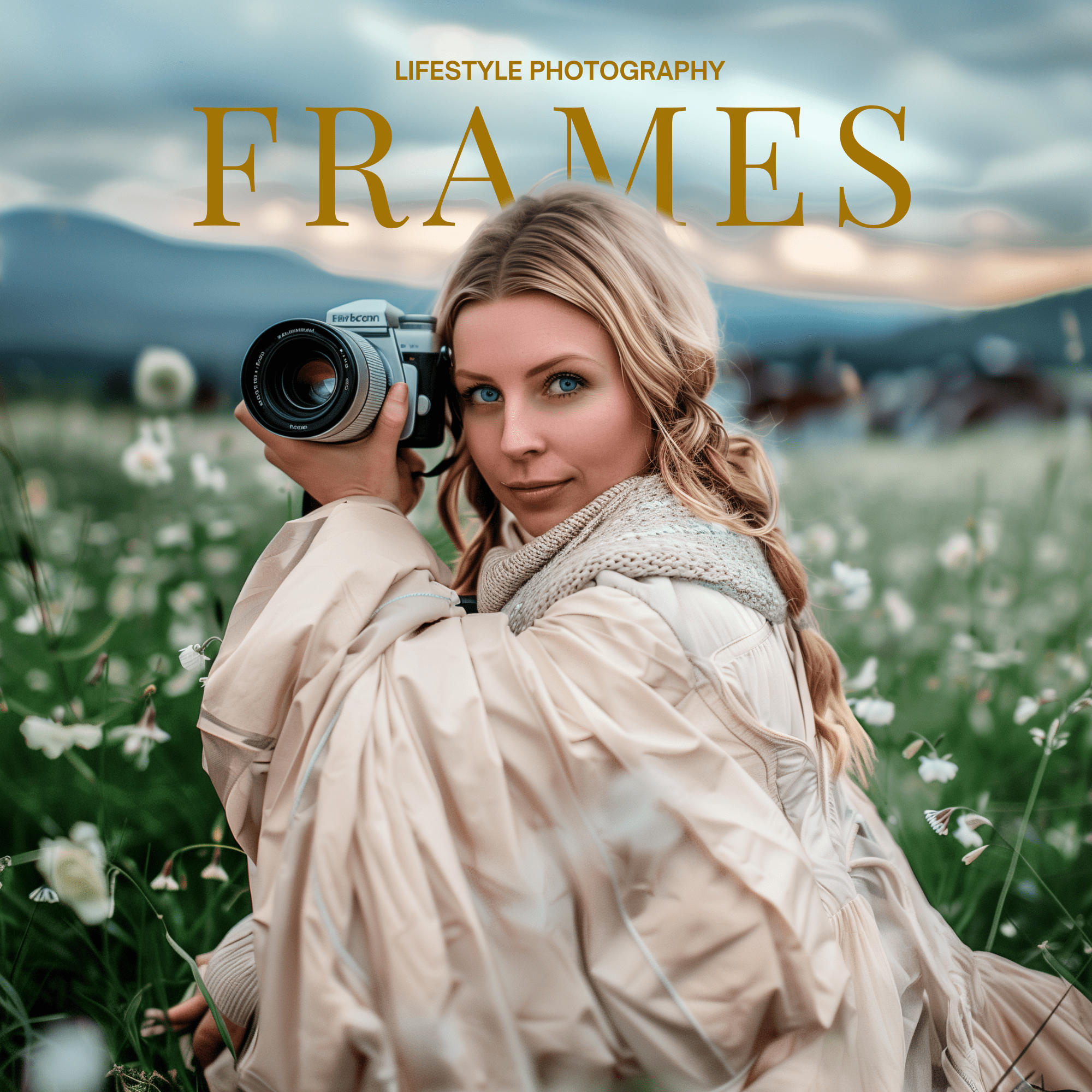Rembrandt often utilized warm, earthy tones, and his paintings featured rich, deep colors.
Rembrandt van Rijn, a Dutch Baroque painter from the 17th century, remains one of the most influential figures in the history of art. Renowned for his mastery of light, color, and composition, Rembrandt’s techniques continue to inspire contemporary artists, including those in the realm of fine art photography. In this blog post, we’ll explore how photographers today can draw from Rembrandt’s artistic legacy to create compelling and evocative images.
A Mixture Of Light And Shadow Play A Key Role:
Rembrandt was a master of chiaroscuro, a technique that juxtaposes light and shadow to create a dramatic effect. In today’s fine art photography, understanding the interplay of light and shadow is crucial. Rembrandt often utilized warm, earthy tones, and his paintings featured rich, deep colors. Similarly, photographers can experiment with warm color palettes to evoke a sense of warmth and depth in their images. Consider the impact of golden hour light, similar to Rembrandt’s preference for natural light, which casts long, soft shadows and creates a warm ambiance.
Strong Contrast – His techniques involved the dramatic use of light and shadow. This approach allowed him to create a strong contrast between the illuminated subject and the darker background, emphasizing the central figure and adding a sense of depth and three-dimensionality to the composition.
Dark and Neutral Tones: Rembrandt often opted for dark and neutral tones in his backgrounds, allowing the subject to emerge prominently. These muted backgrounds not only highlighted the subjects but also contributed to the overall mood and atmosphere of the portrait. The dark tones served as a canvas against which the play of light and shadow could unfold.
Textured Surfaces and Brushwork: Rembrandt’s backgrounds were not just simple expanses of darkness; they often featured textured surfaces created through intricate brushwork. This texturing added visual interest and complexity to the backgrounds, contributing to the overall richness of the composition. Rembrandt’s adept use of brushstrokes created an engaging interplay of light, shadow, and texture.
Architectural Backgrounds – Consider incorporating elements such as vintage furniture, textured backgrounds, or interesting architectural features to create a visually compelling narrative within your photographs.
Subtle Details and Props: While Rembrandt’s backgrounds were generally dark, he occasionally incorporated subtle details or props that provided context to the subject’s story. These details, though understated, added layers of narrative complexity to the portraits. Props such as books, drapery, or objects from the subject’s life were strategically placed to enhance the storytelling aspect of the artwork.
Lack of Elaborate Settings: Rembrandt’s backgrounds were characterized by a lack of elaborate settings or distractions. By keeping the backgrounds relatively simple, he directed the viewer’s focus squarely onto the subject’s expressions, emotions, and character. This minimalistic approach allowed for a more intimate connection between the viewer and the portrayed individual.
Use of Curtains and Drapery: Curtains and drapery were recurring elements in Rembrandt’s portraits. He skillfully used these elements to frame the subjects, creating a sense of theatricality and adding a touch of elegance to the compositions. The soft folds of fabric further contributed to the play of light and shadow.
Consider the impact of golden hour light, similar to Rembrandt's preference for natural light, which casts long, soft shadows and creates a warm ambiance.
How can a photographer style their subjects using Rembrandt as an inspiration?
Rembrandt’s subjects were often portrayed in rich, elaborate clothing that added to the overall visual narrative. Today’s photographers can draw inspiration from this by considering the role of clothing in storytelling.
Creating A Triangle Of Light On The Cheek: Rembrandt’s signature lighting style involves creating a triangle of light on the subject’s cheek opposite the key light. This technique is achieved by positioning the main light source at a 45-degree angle to the subject, slightly above eye level. To emulate Rembrandt lighting, use a soft, diffused light source to achieve gentle shadows and a warm, flattering glow. Experiment with both natural light and artificial sources to achieve the desired effect.
Wardrobe Selection: Rembrandt often portrayed his subjects in rich, textured clothing that complemented the warm tones of his paintings. When styling subjects, consider clothing with textures, intricate patterns, or fabrics that catch and reflect light. Earthy tones, deep hues, and classic, timeless styles can contribute to the overall Rembrandt-inspired aesthetic. Pay attention to details like collars, cuffs, and accessories for added visual interest.
Props From Hobbies Or Profession: While Rembrandt’s portraits were often focused on the subjects themselves, subtle props or accessories were occasionally incorporated to tell a story. When styling subjects, consider adding meaningful props or accessories that enhance the narrative. This could include items related to the subject’s profession, hobbies, or personal history.
Composition and Framing: Encourage natural, unposed expressions to convey authenticity.
Minimal Settings – Rembrandt often painted his subjects against dark, neutral backgrounds that accentuated the play of light and shadow. When styling subjects, choose backgrounds that provide contrast and allow the lighting effects to shine. Consider minimalist settings or textured backdrops that enhance the visual impact of your subject.
Post-Processing Techniques: Adjust color tones to achieve warm, earthy hues reminiscent of his paintings. Emphasize textures and highlights while maintaining a balance between light and shadow. Experiment with subtle vignettes to draw attention to the subject, creating an intimate and timeless feel.
Facial Expressions and Posing: Experiment with poses that allow the play of light to enhance facial features. Encourage natural movements and expressions to create an authentic and engaging portrait.
Refinement and Simplicity: Rembrandt’s paintings were characterized by a refined simplicity that conveyed a profound depth of emotion. In fine art photography, strive for simplicity in composition, allowing the viewer to focus on the emotional resonance of the image. Consider minimalist backgrounds, subtle props, and uncluttered compositions to create a sense of intimacy and connection.
Low Light : Rembrandt had a penchant for capturing the beauty of twilight and nighttime scenes. In modern photography, explore the magic of low light conditions. Experiment with artificial lighting to recreate the dramatic effects of Rembrandt’s paintings, especially during the golden hour or under ambient street lighting.
Conclusion:
Rembrandt’s techniques serve as an invaluable source of inspiration for today’s fine art photographers. By understanding his use of color, attention to interior elements, diverse choice of subjects, consideration of clothing, refined simplicity, and exploration of various times of the day, photographers can infuse their work with a sense of artistry that transcends centuries.
Learn about the Rembrandt light and other lighting techniques; e.g. butterfly lighting, loop lighting and split lighting in photography.
Paulina Duczman Editing Courses – View Here
paulinaduczman.com
Rembrandt Styled Backdrops
Kate 5x7ft Brown Fine Art Floral Photography Backdrop – Amazon
Kate Brown Backdrops for Photography Dark Brown Vintage Portrait Photo Backdrops for Head Shot, 5x7ft – Amazon
Kate Collapsible Backdrop Microfiber Black & Brown Double-Sided Pop-up Collapsible Background, for Photography, for Photographers, 5×6.5ft – Amazon
Kate 5x7ft Brown Vintage Photography Backdrop Retro Abstract Painted Background Studio Backdrops– Amazon
Kate 10ft(W) x10ft(H) Abstract Photography Backdrops Microfiber Brown Green Portrait Photography Studio Background(More Green) – Amazon
Kate 10×10ft Brown Portrait Blossom Backdrop Abstract Flower Photography Background Floral Photo Studio – Amazon
8ft(W) x8ft(H) Dark Green Brown Portrait Photography Backdrop Microfiber Absract Photo Studio –Amazon
Kate 5×7ft (1.5×2.2m) Dark Color Abstract Flower Photo Backdrop Portrait Maternity– Amazon
Kate 7×5ft Brown Portrait Backdrops Abstract Photography Background Old Master Texuture– Amazon
Kate 5×7ft Dark Green Portrait Backdrop Abstract Muslin Background for Photography – Amazon
Kate 8x8ft Forest Backdrop – Amazon
Kate 10x10ft(3x3m) Florals Backdrop Rose – Amazon
Kate Collapsible Backdrop Pop Up Photography Backdrops Folded Black &Green Double Side Background for Photography, 5×6.5ft– Amazon
5ft(W) x7ft(H) Dark Green Brown Portrait – Amazon

